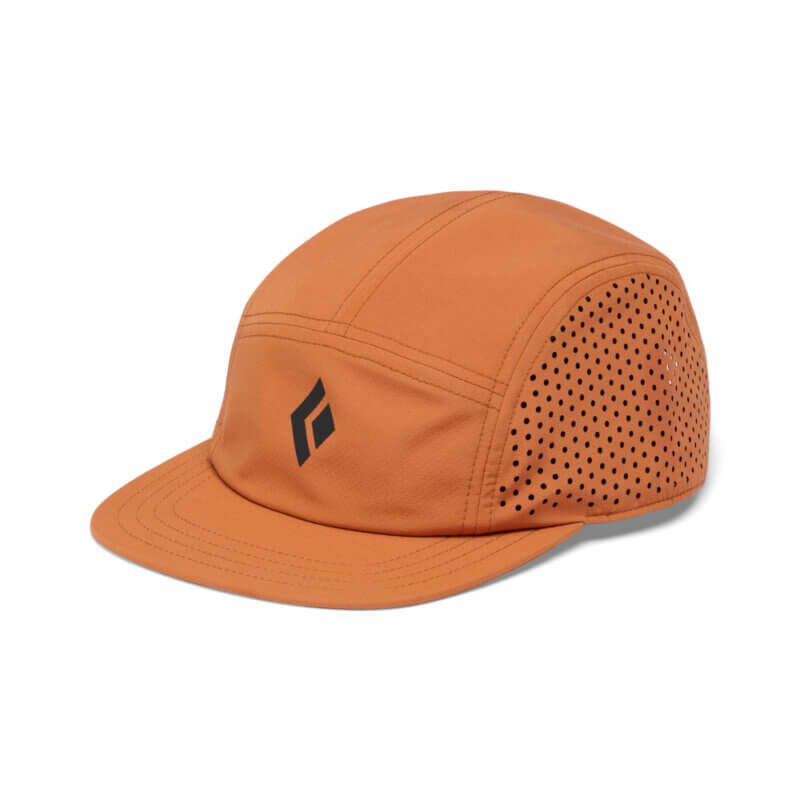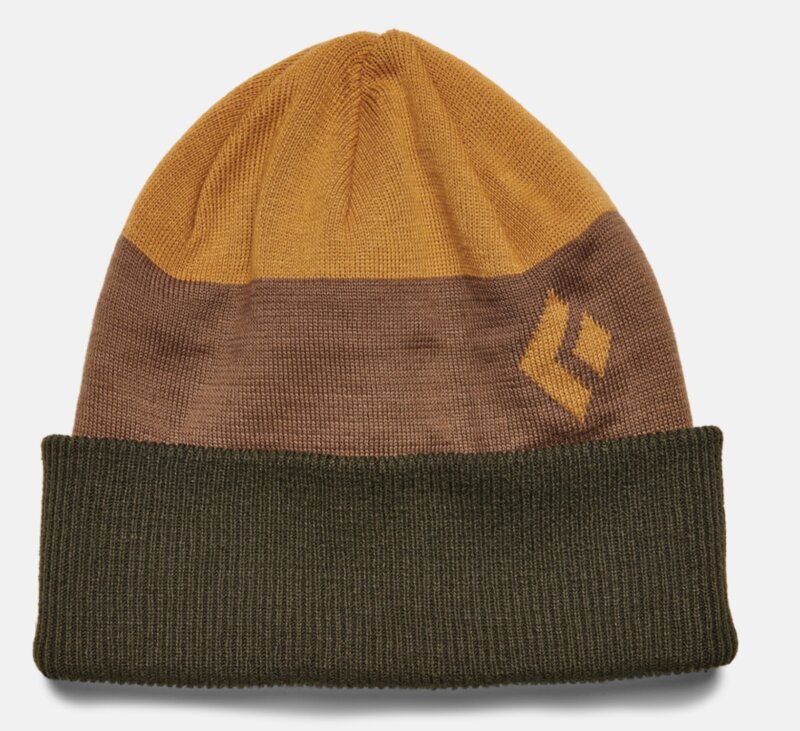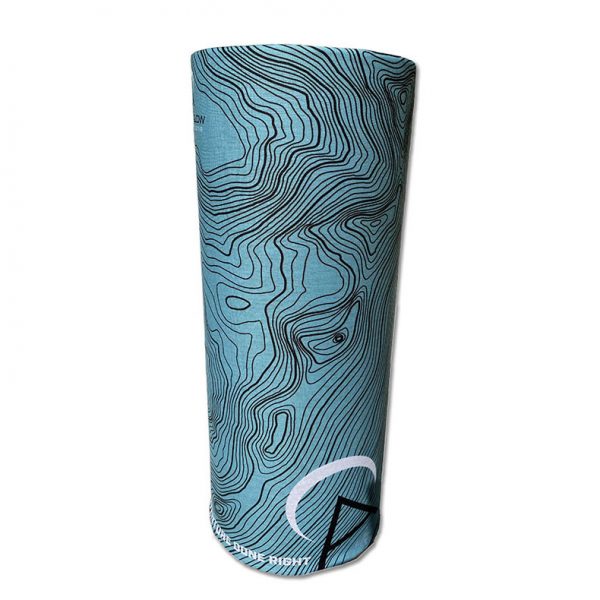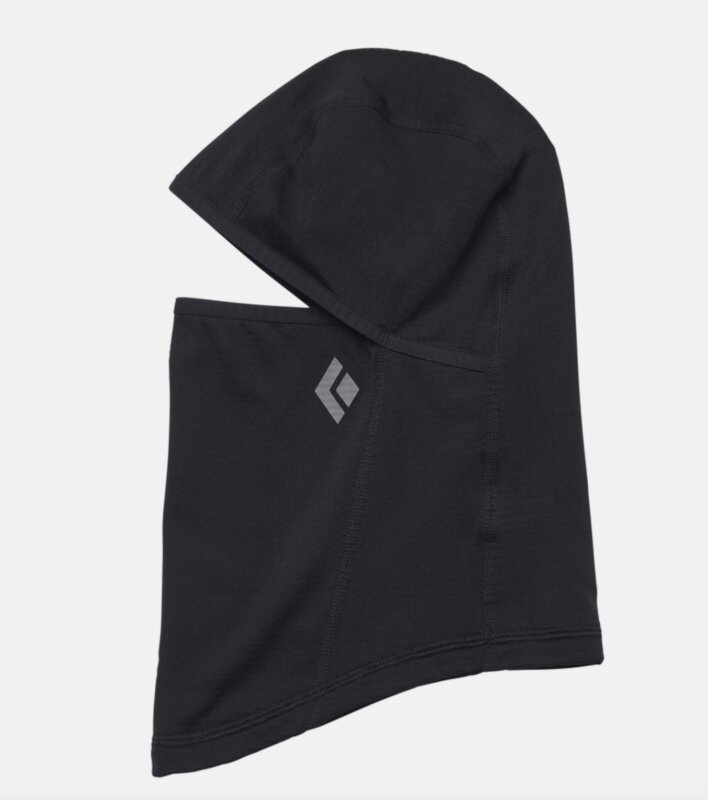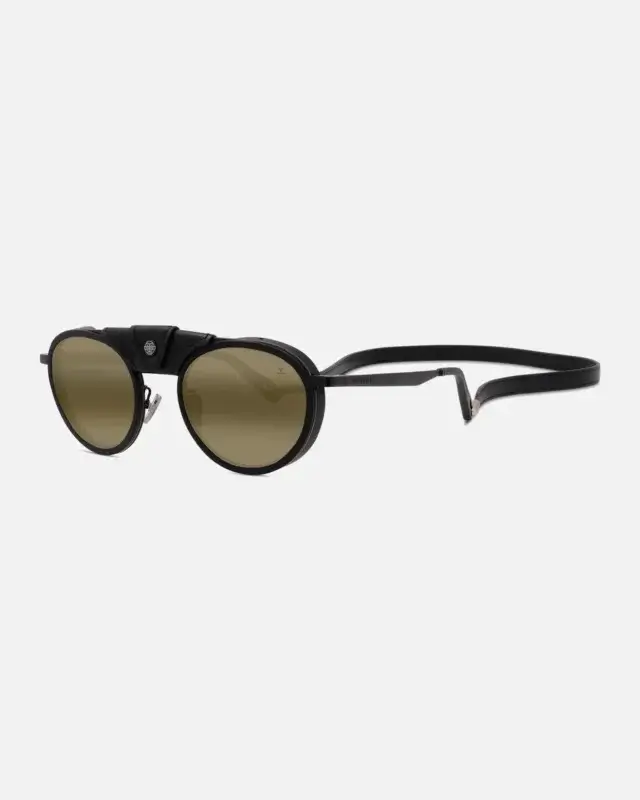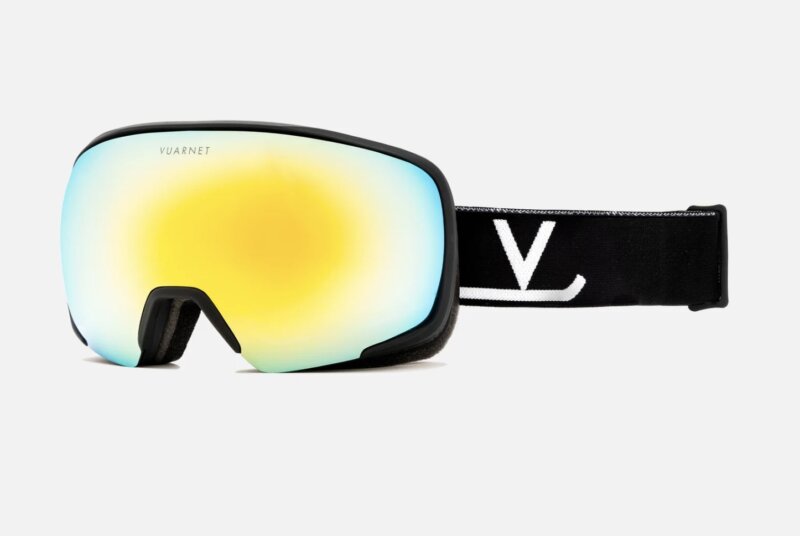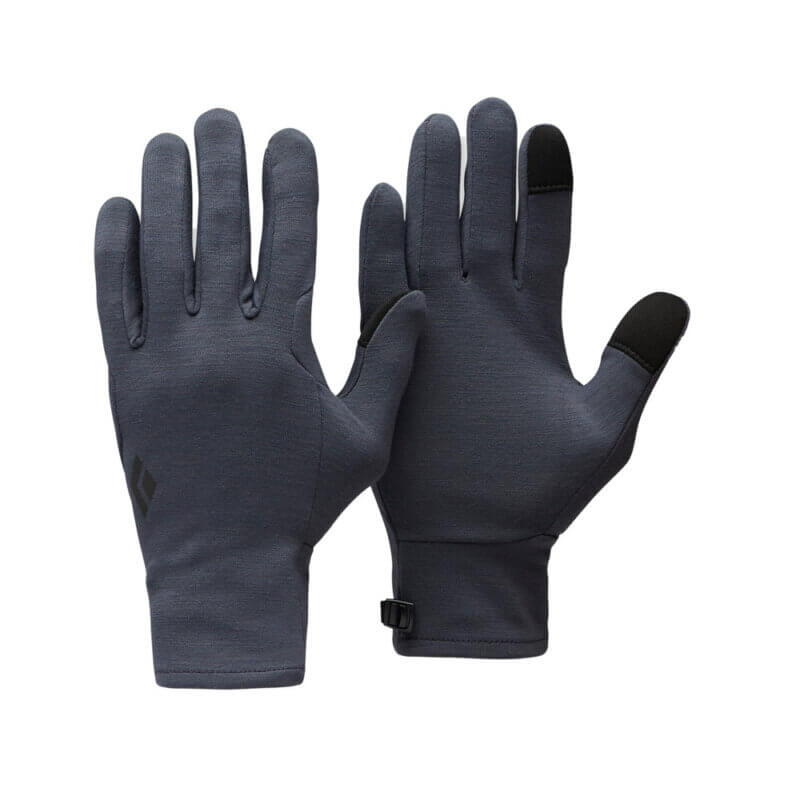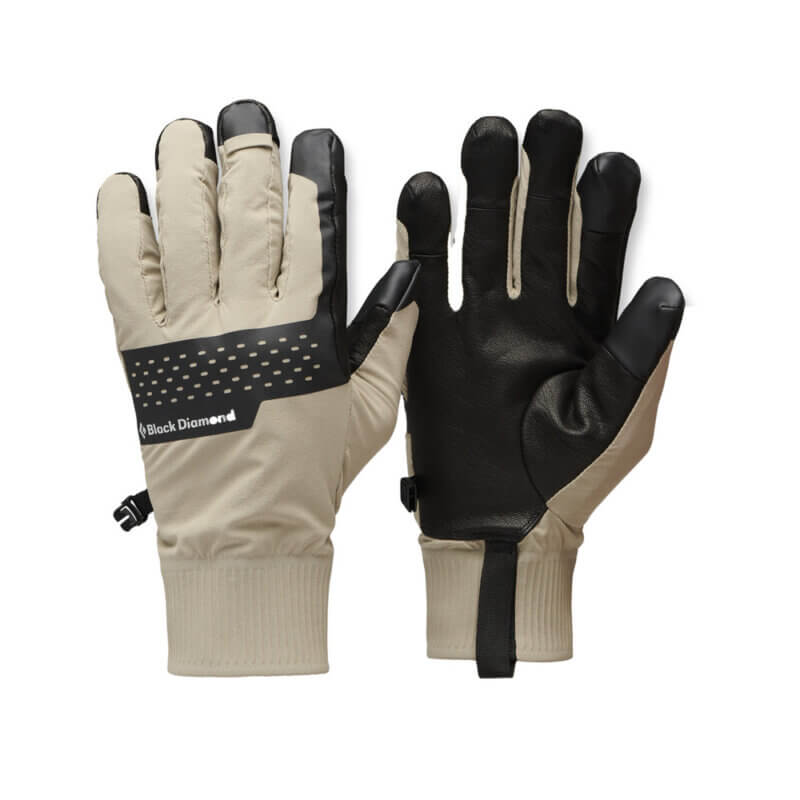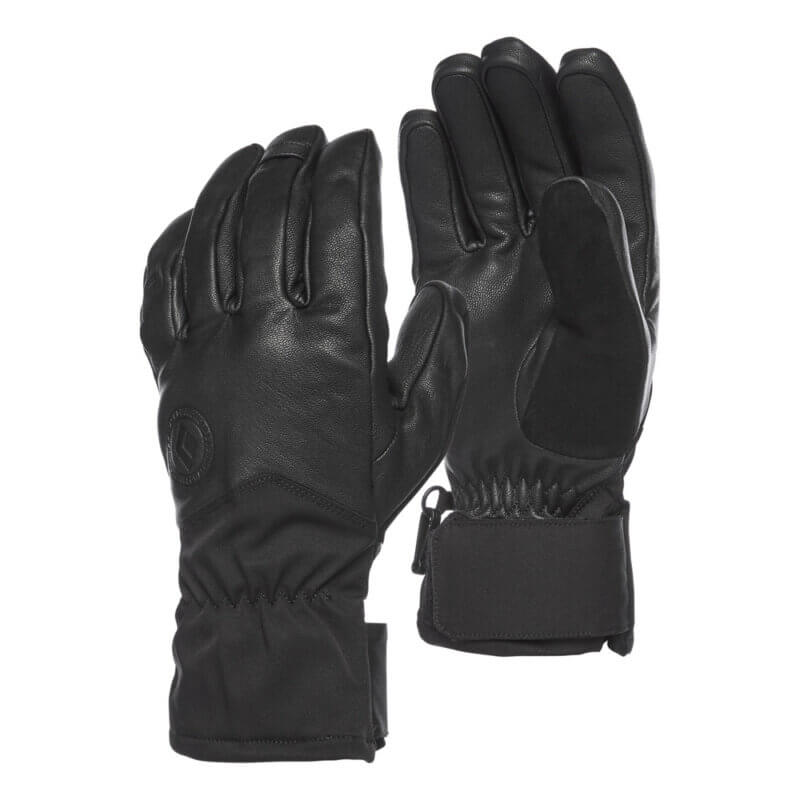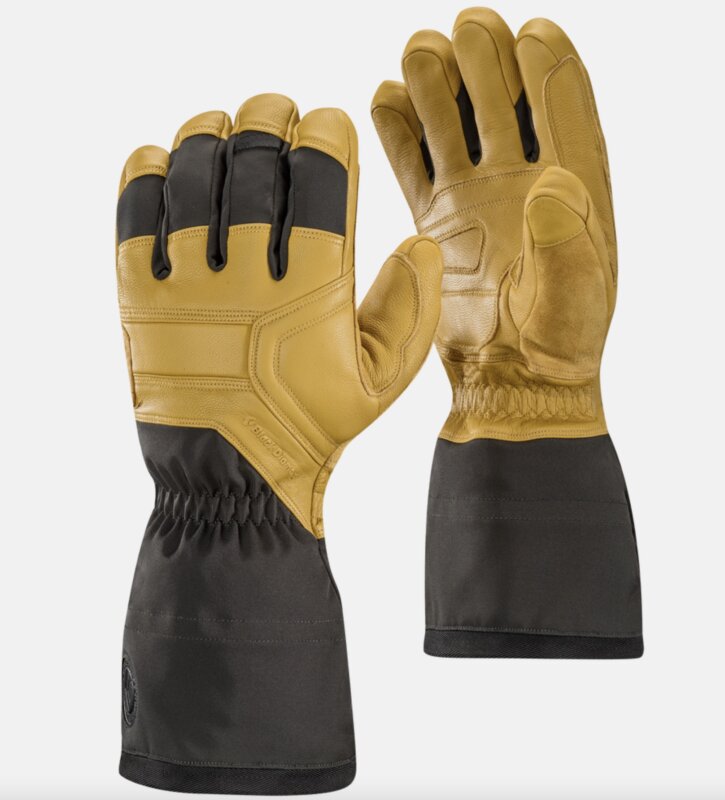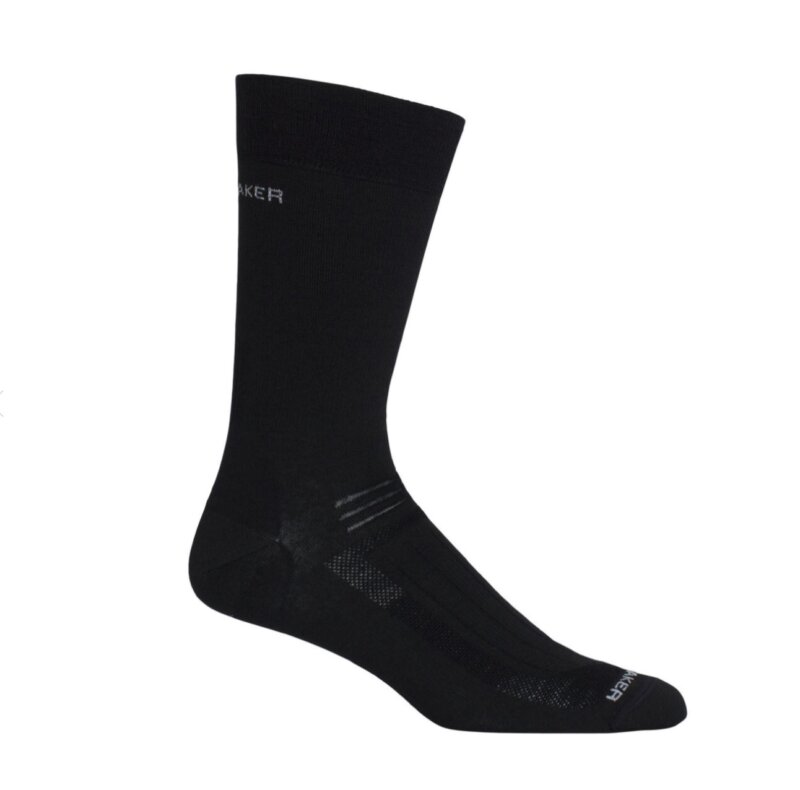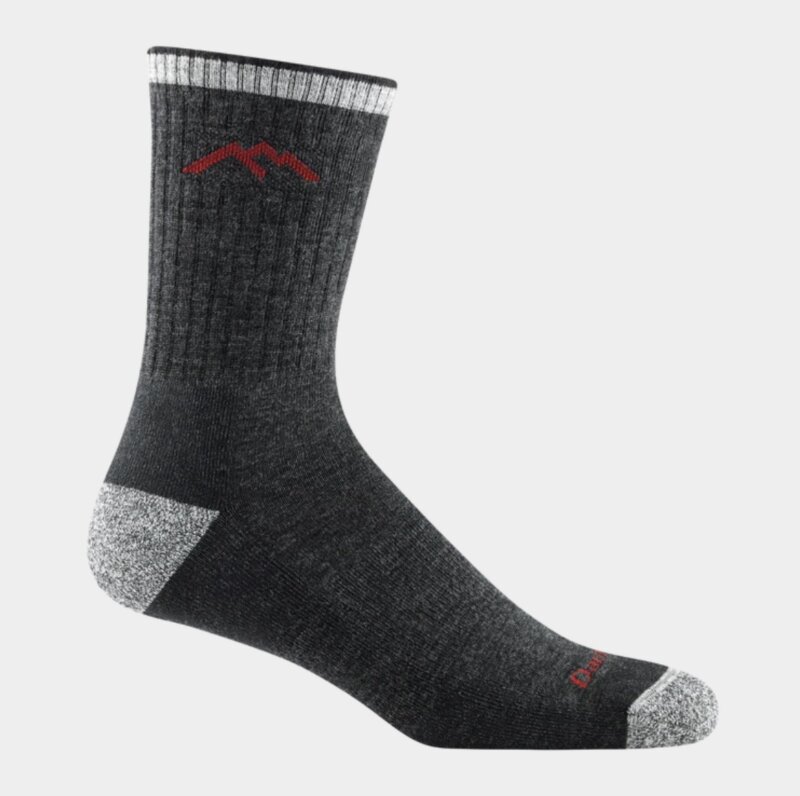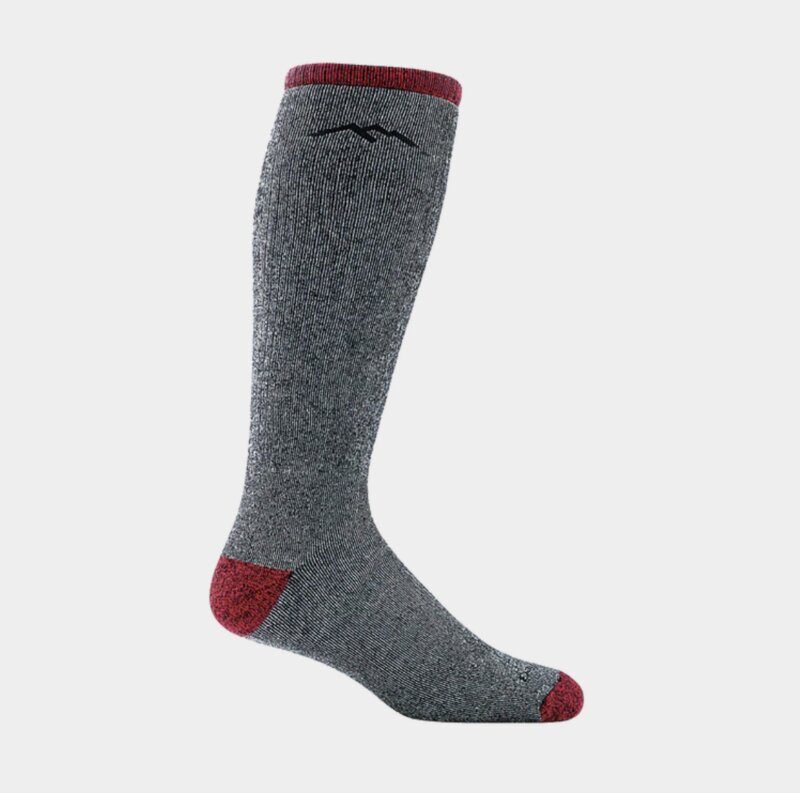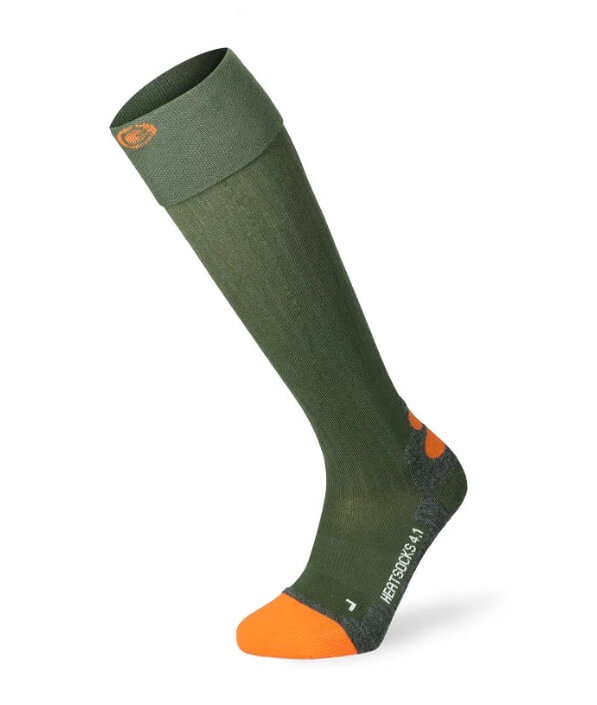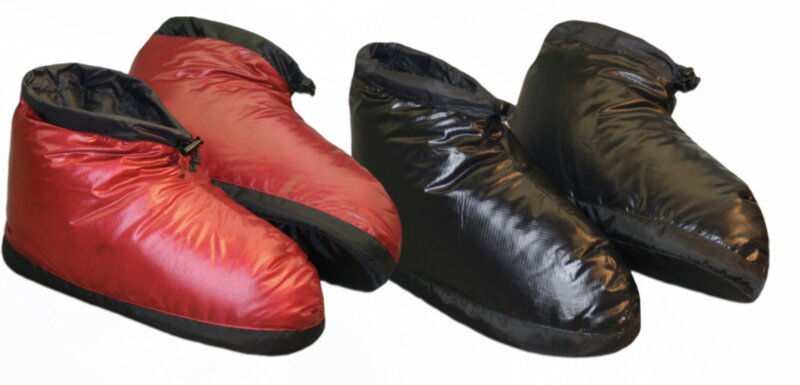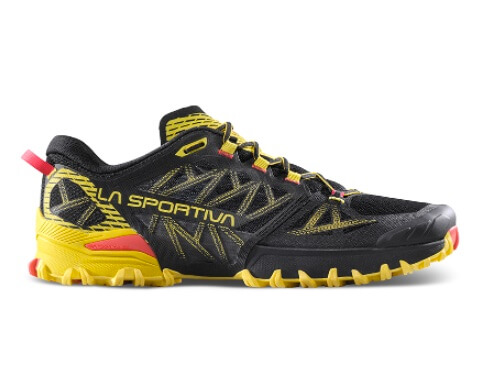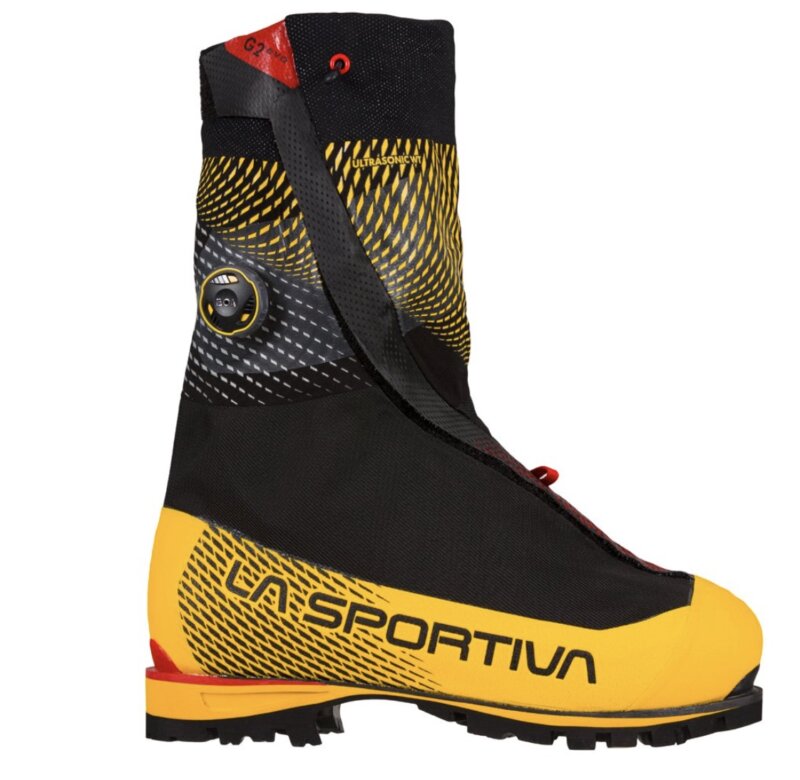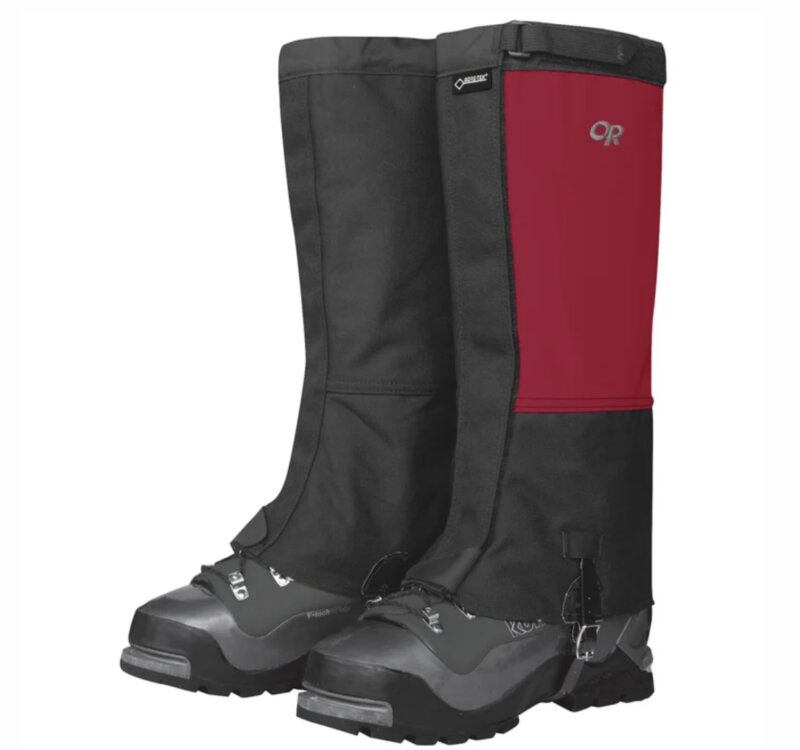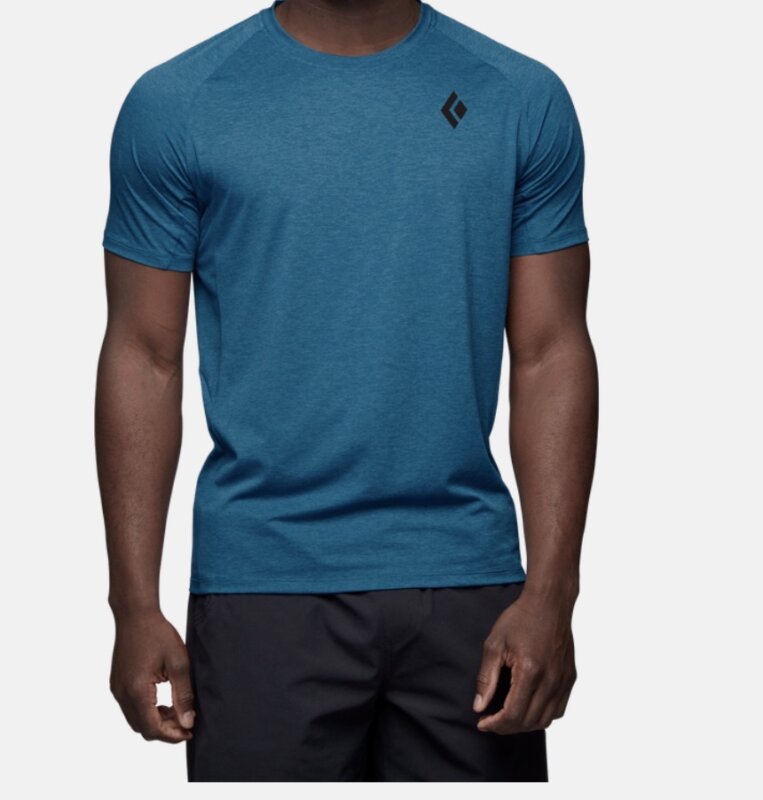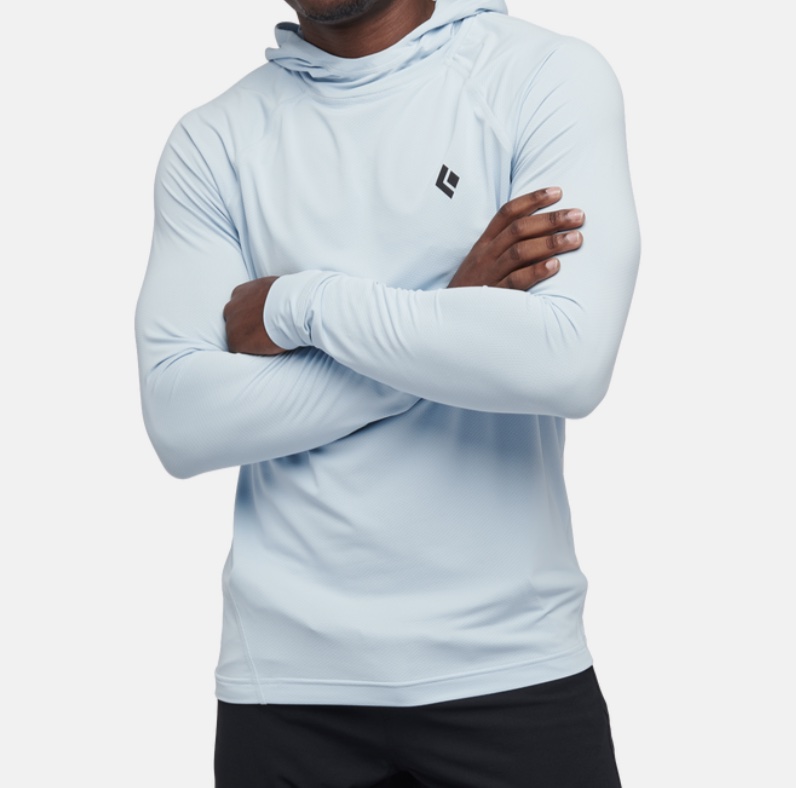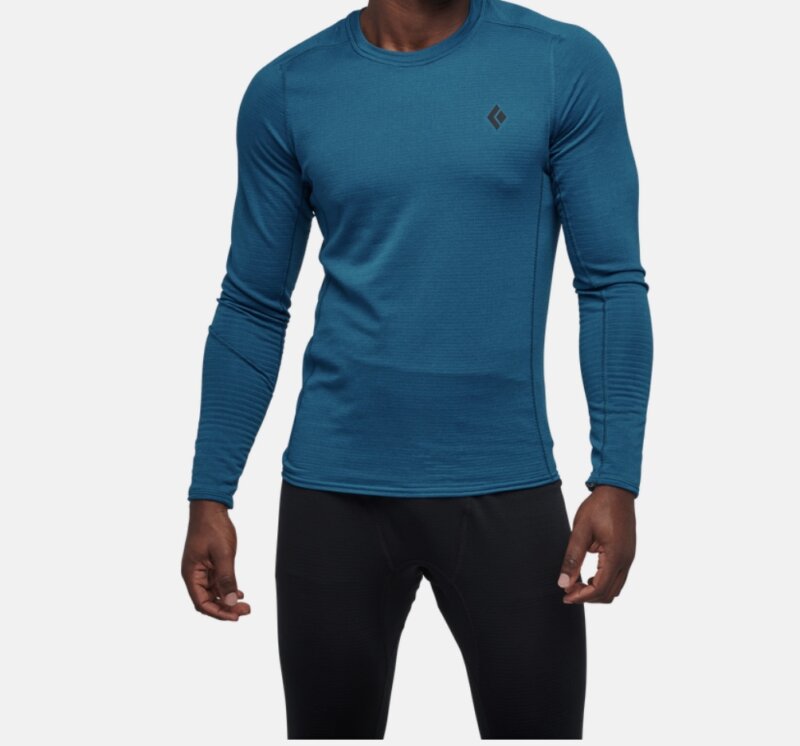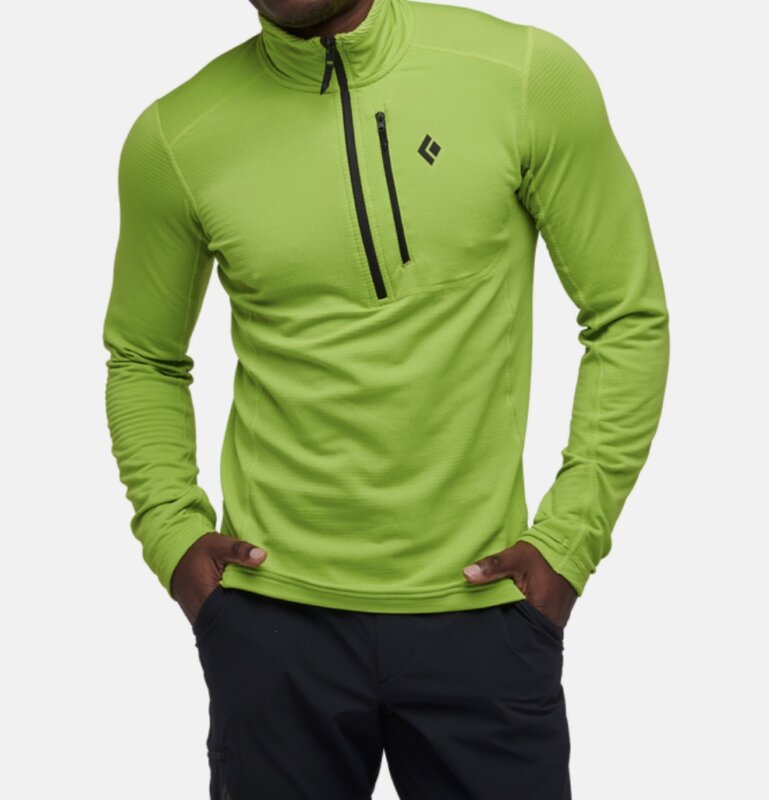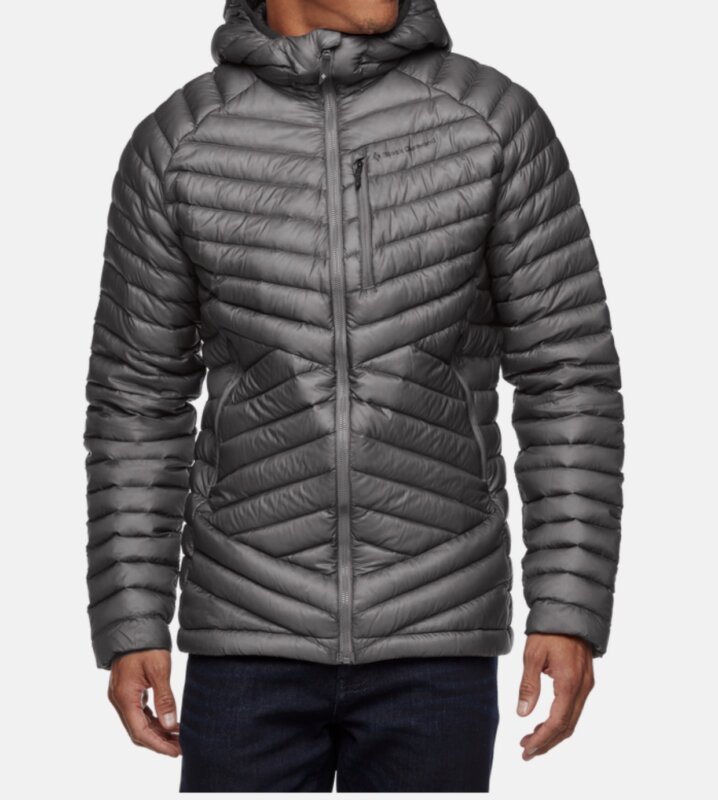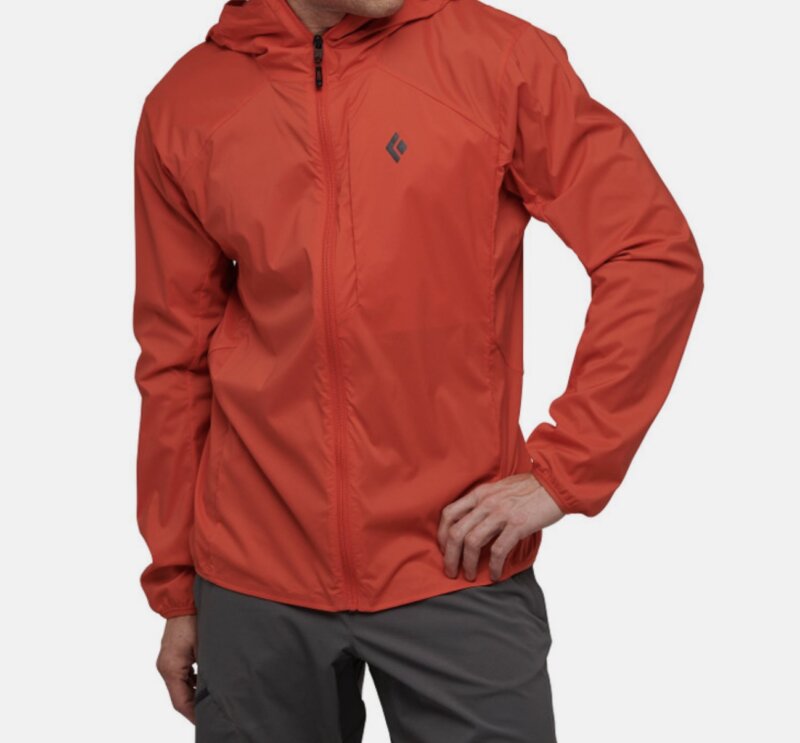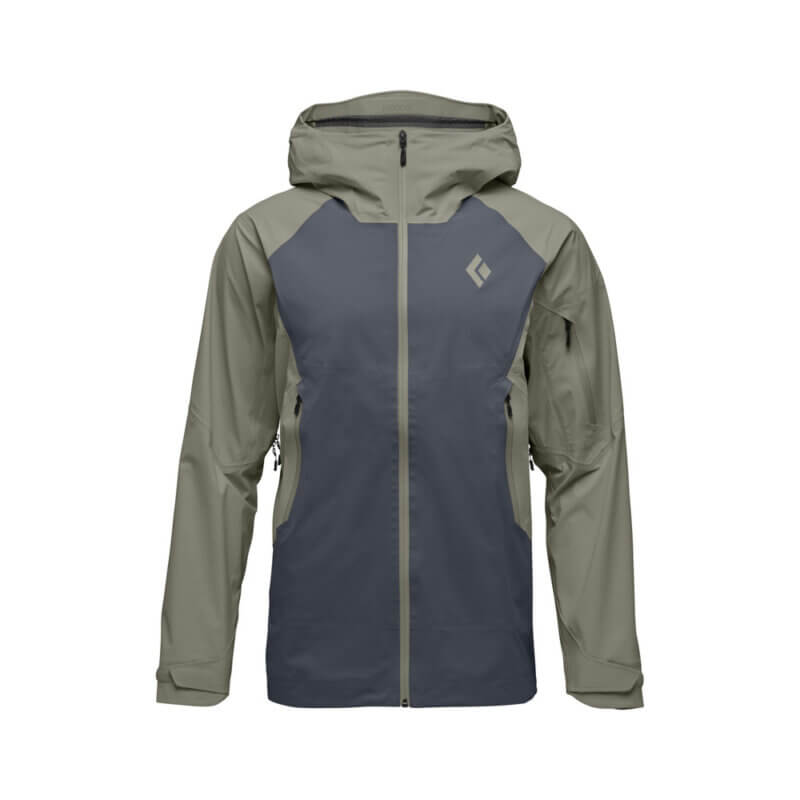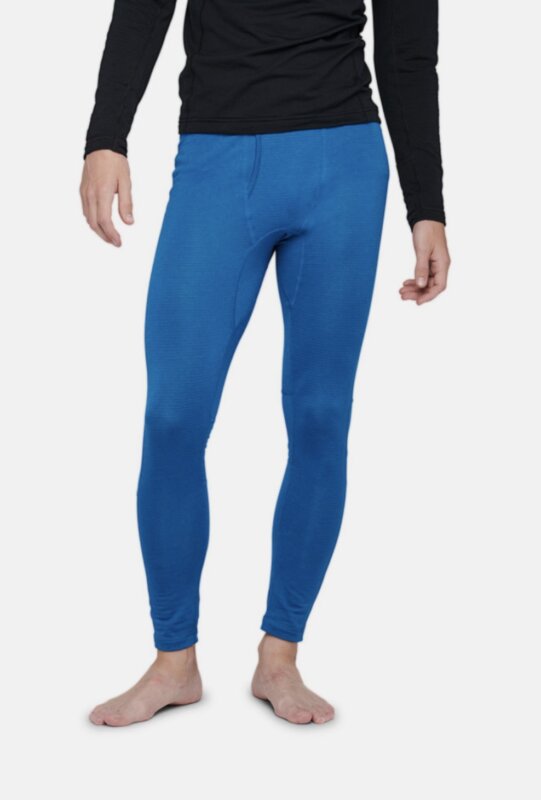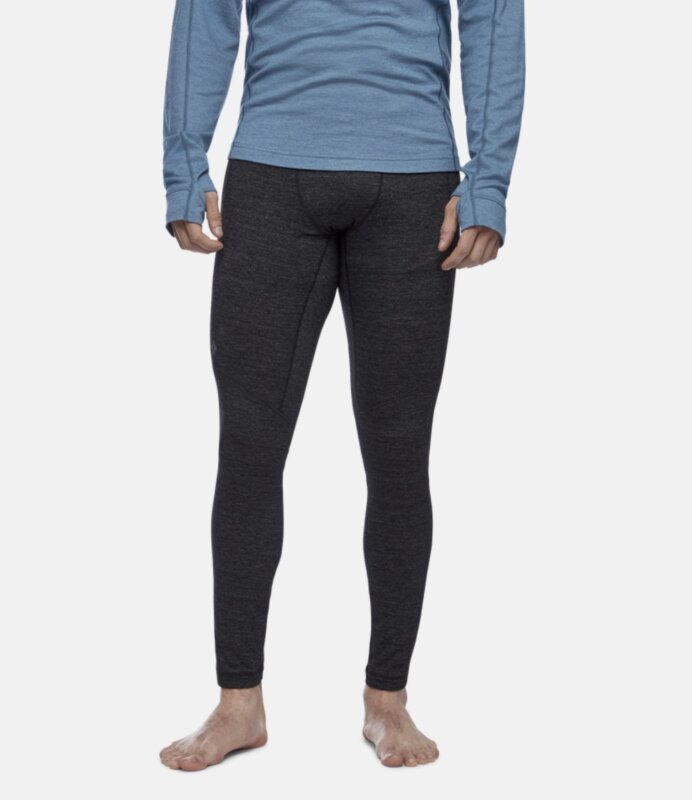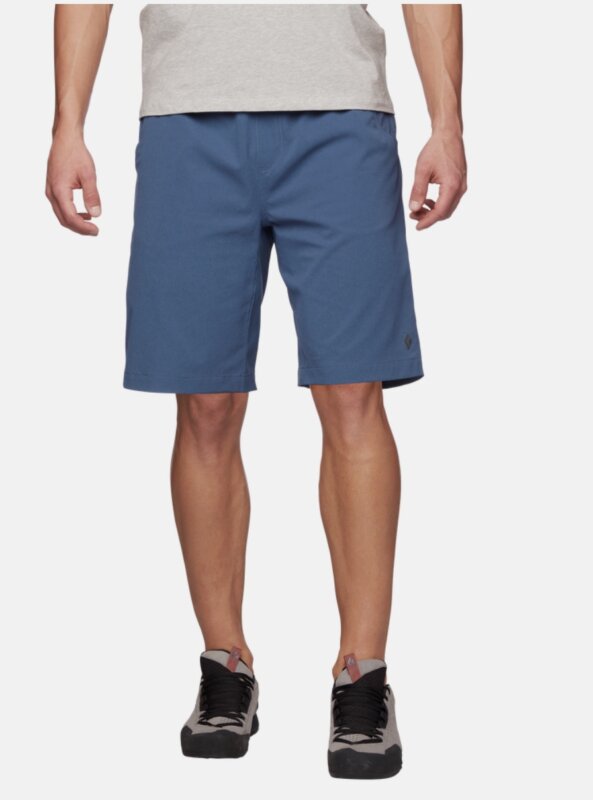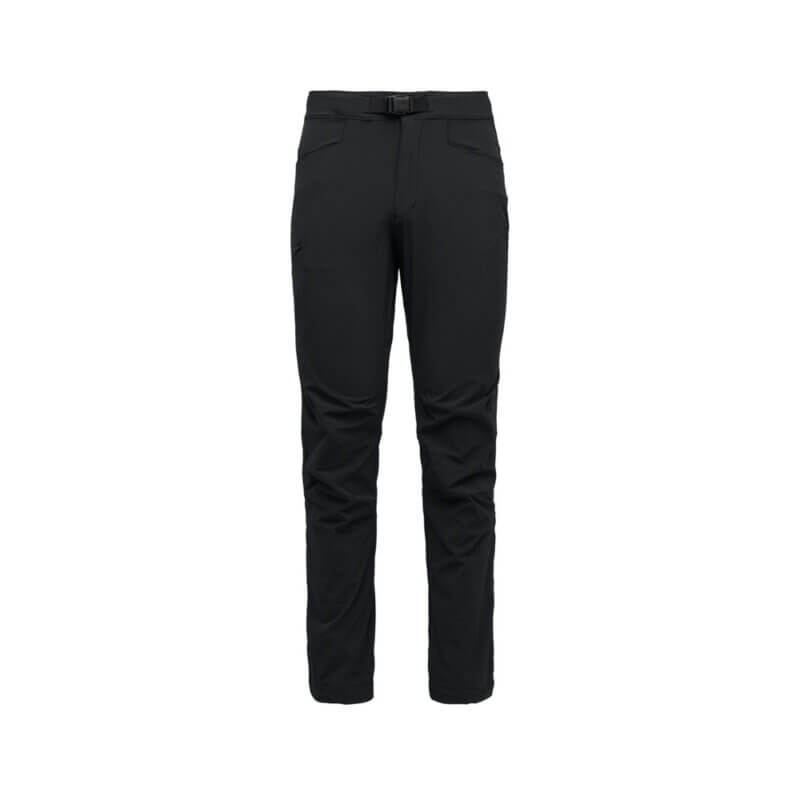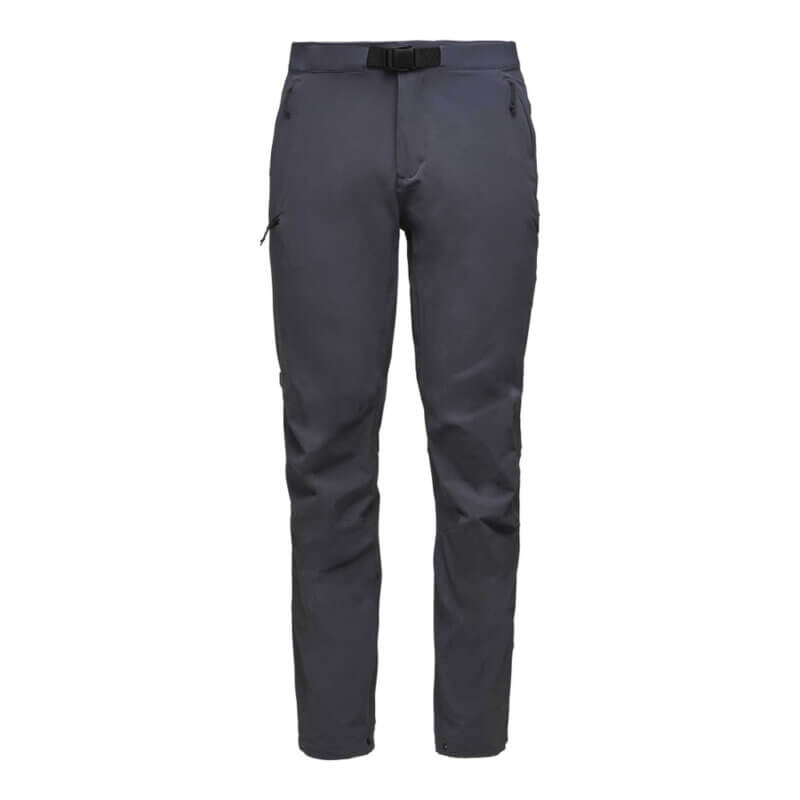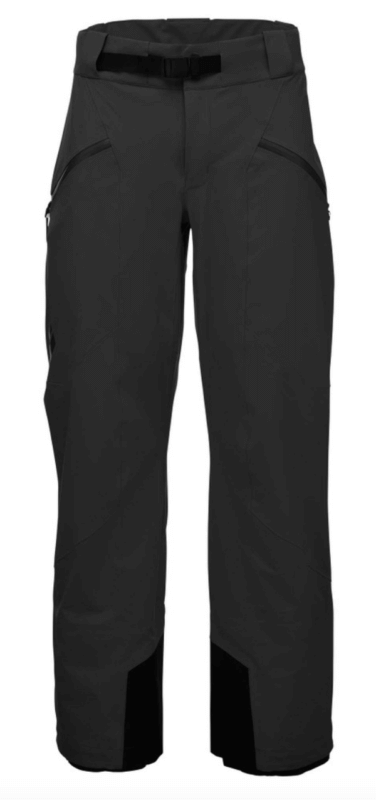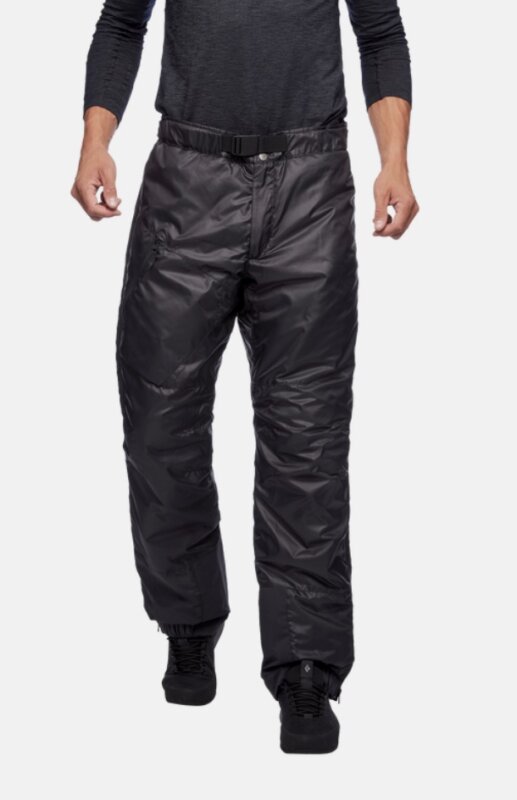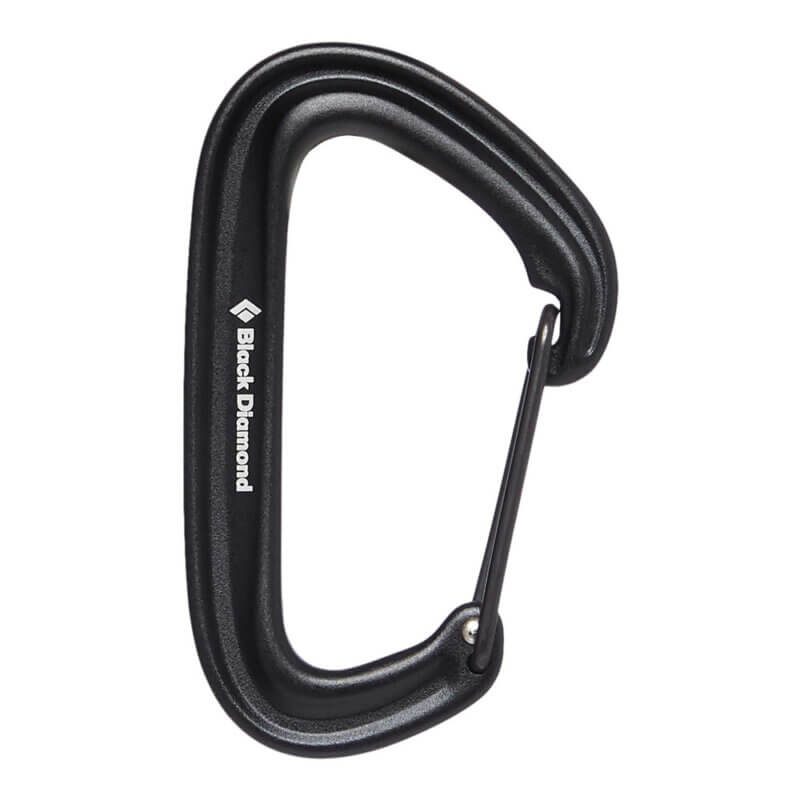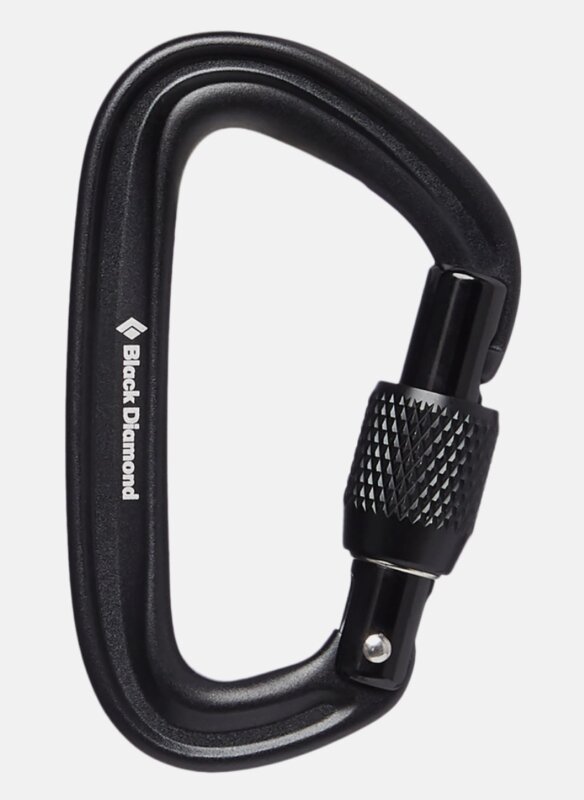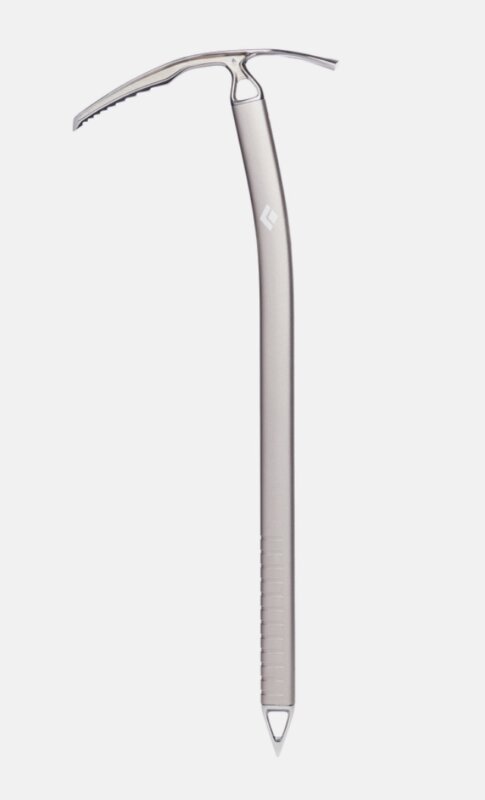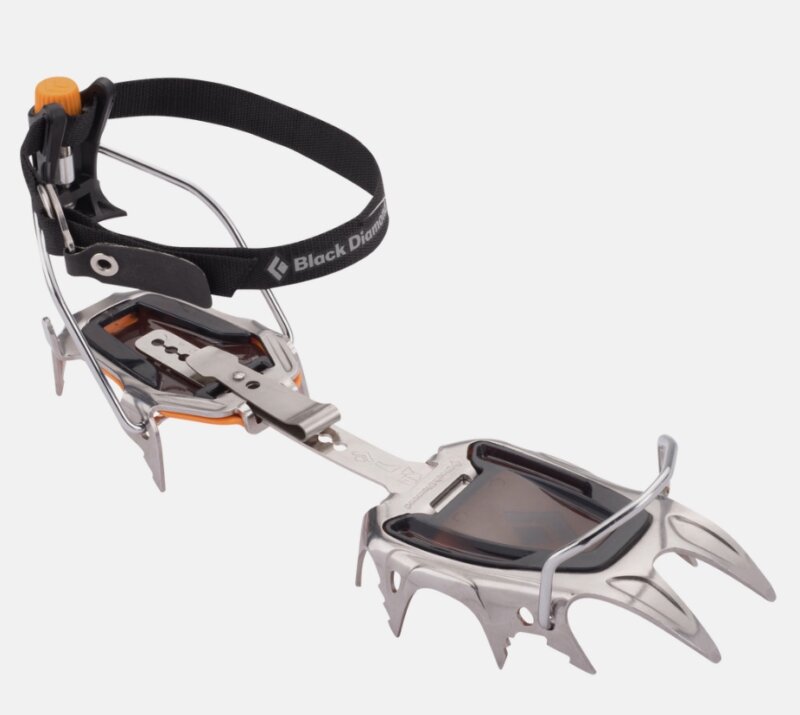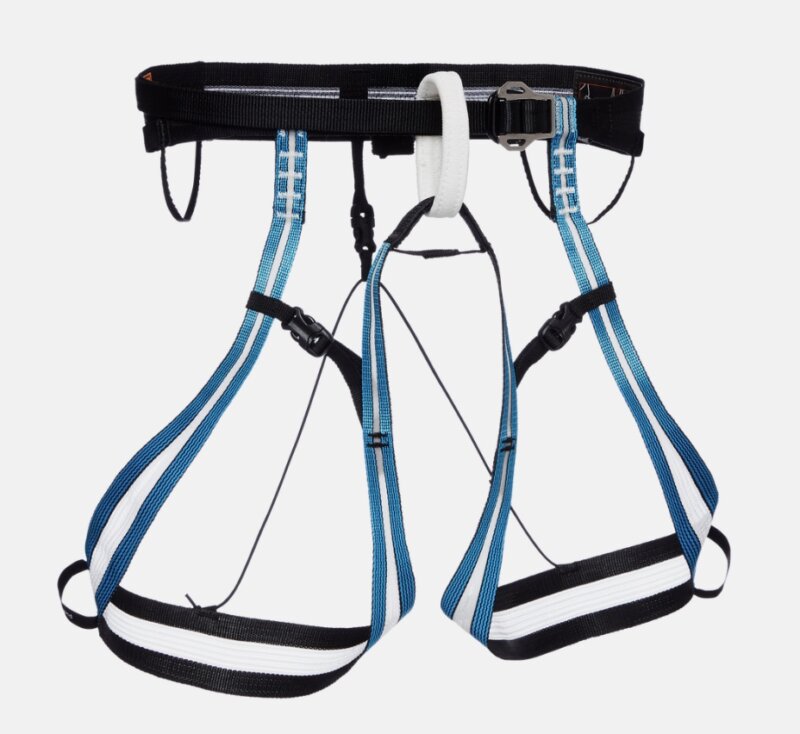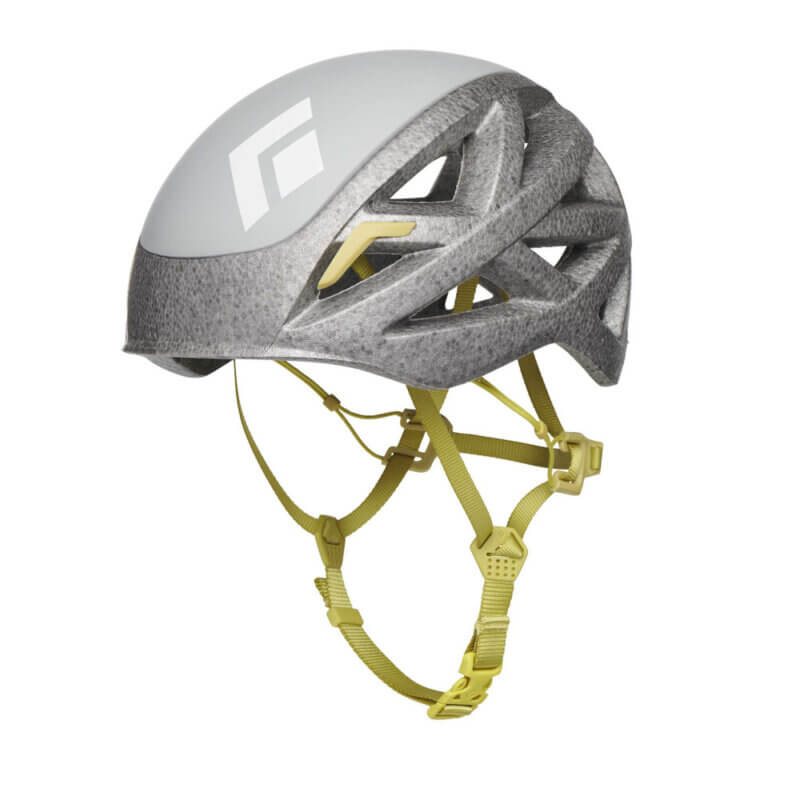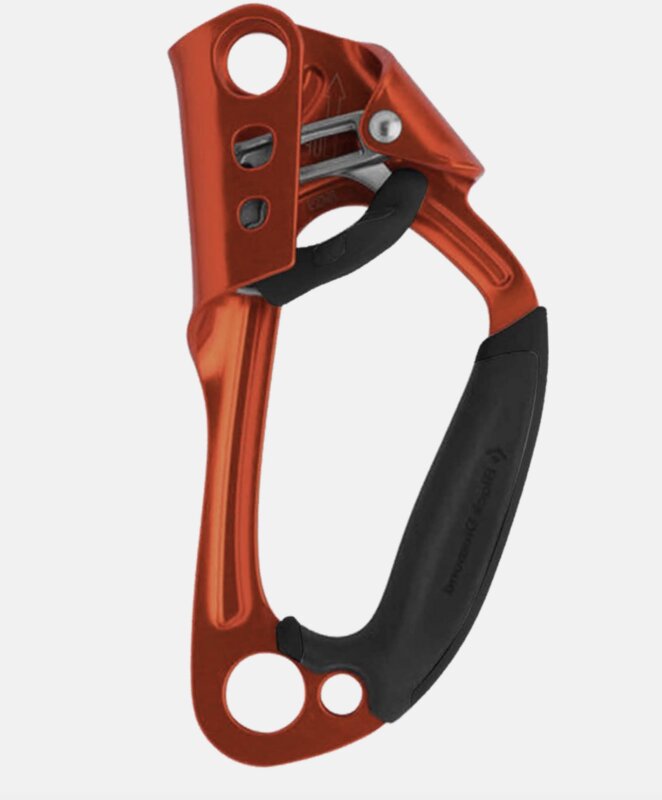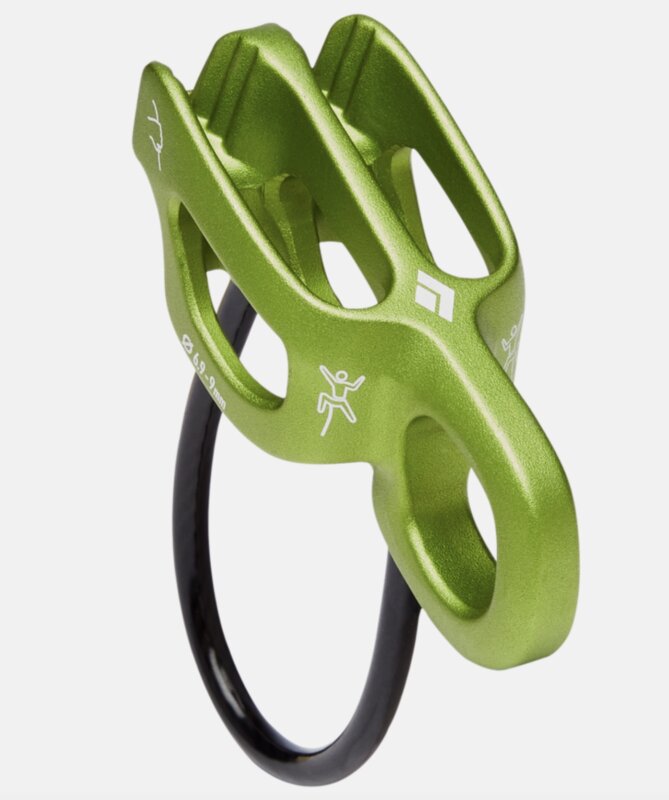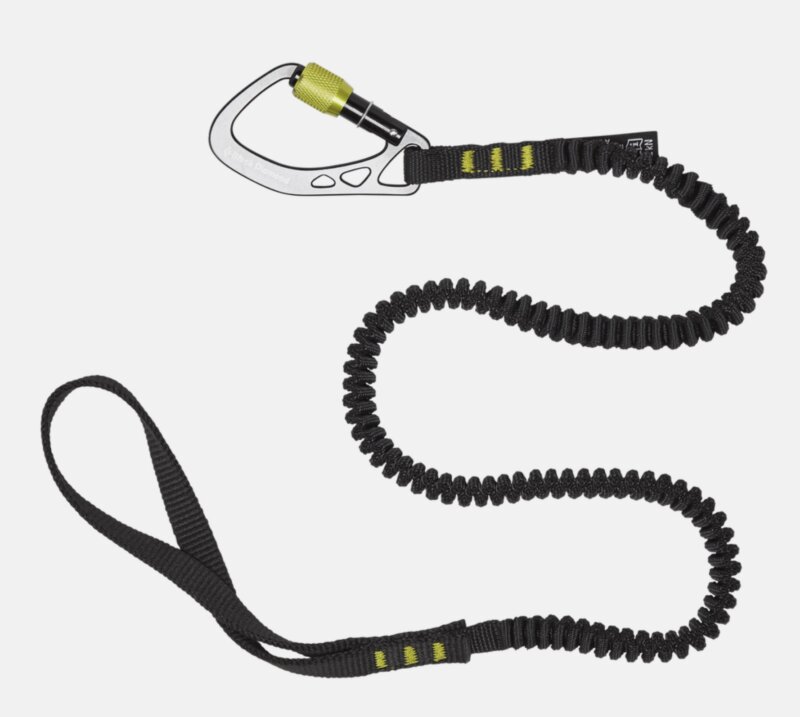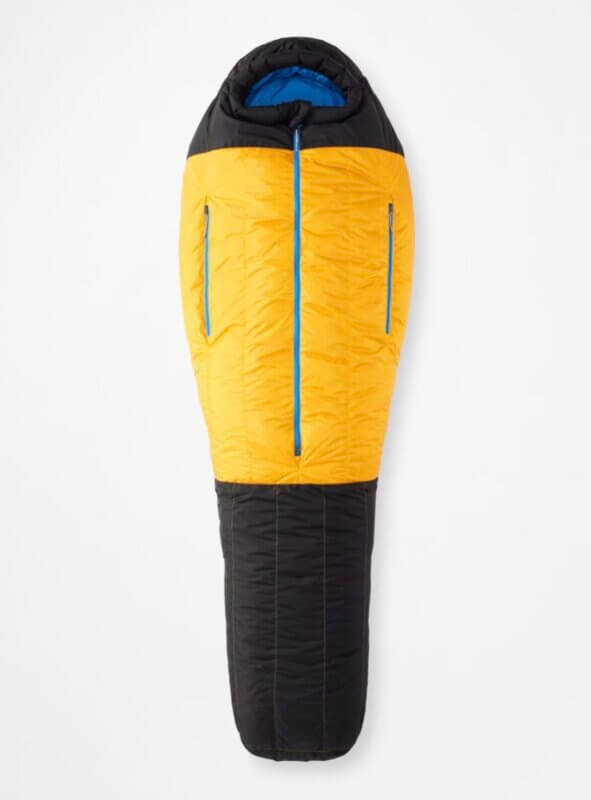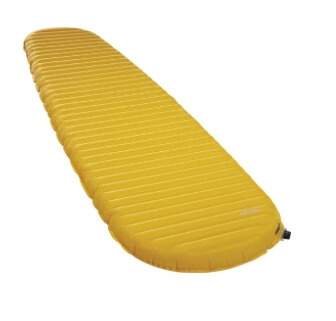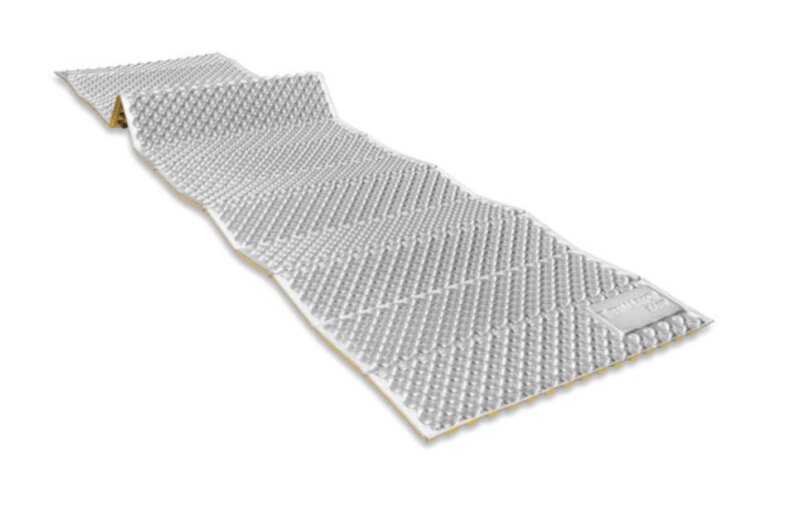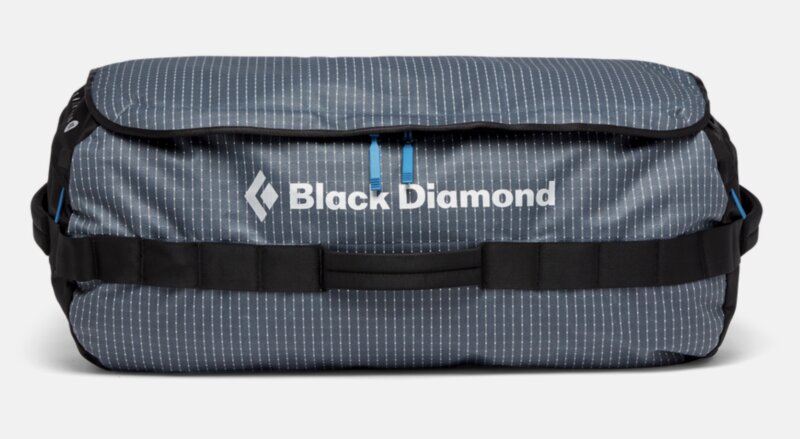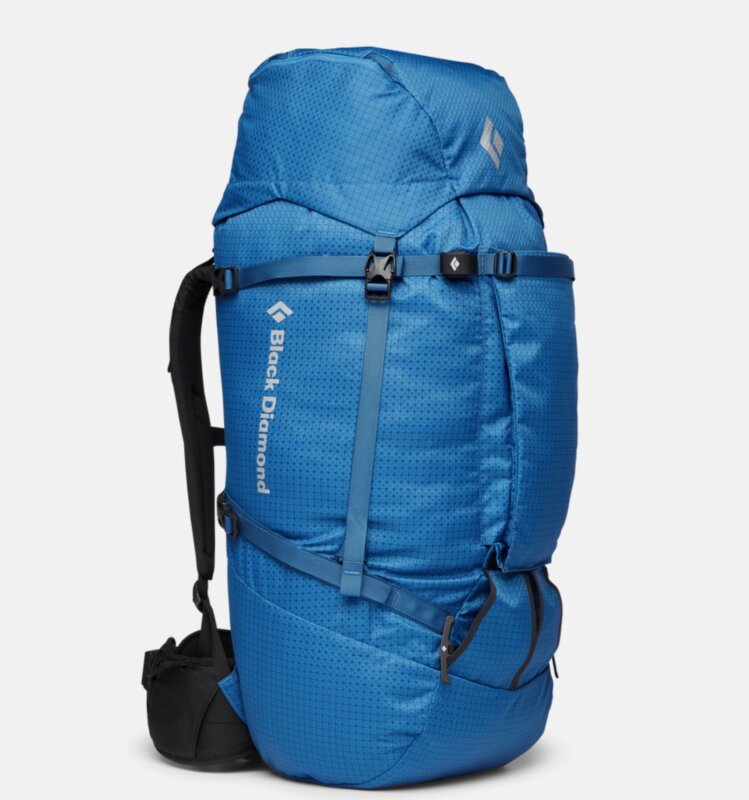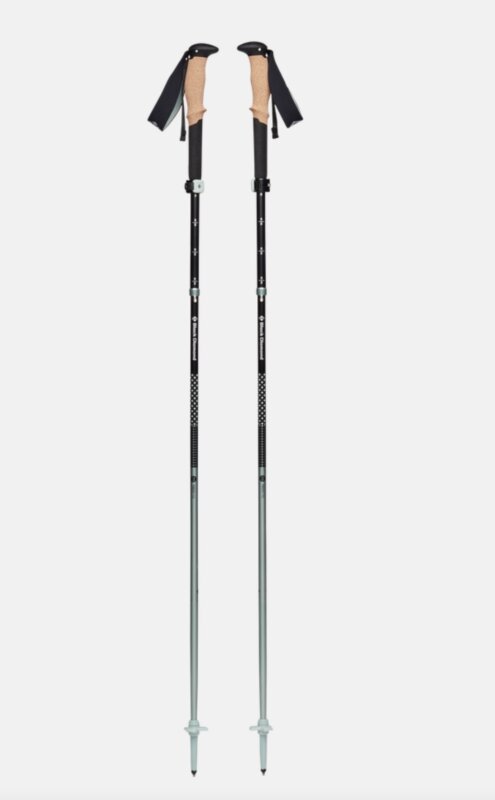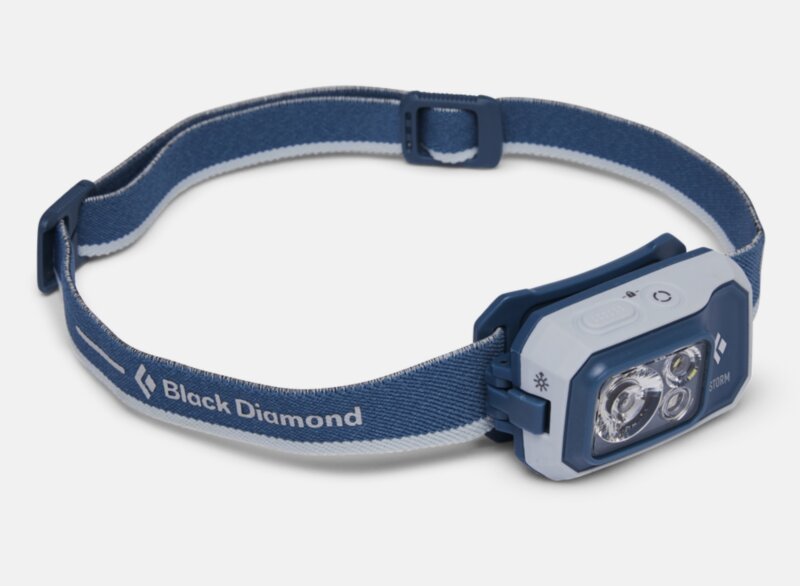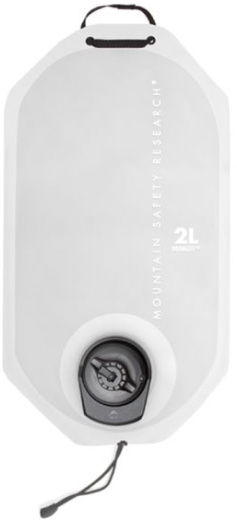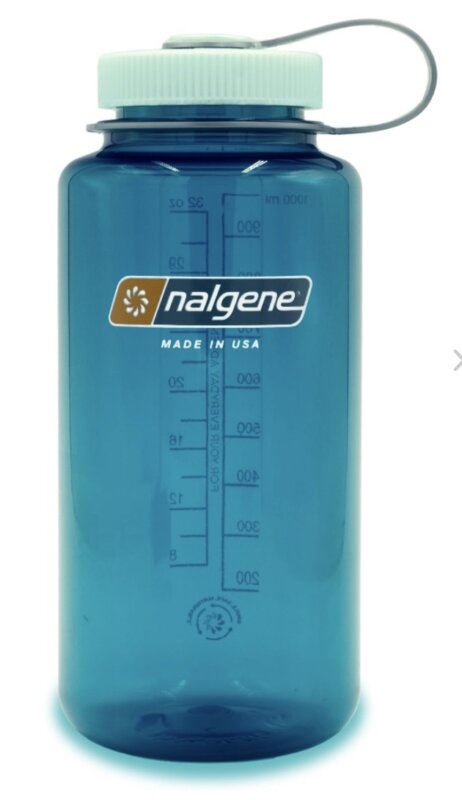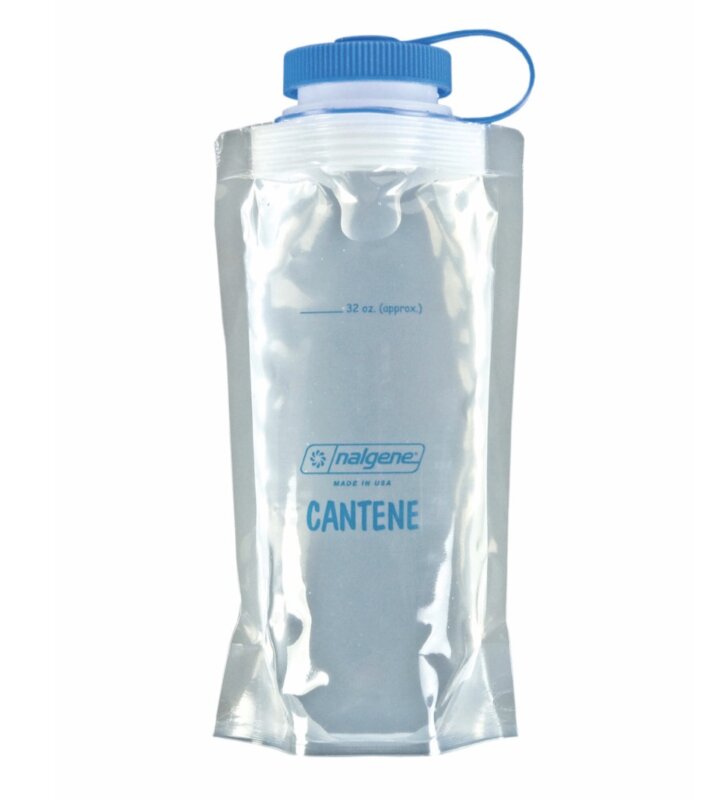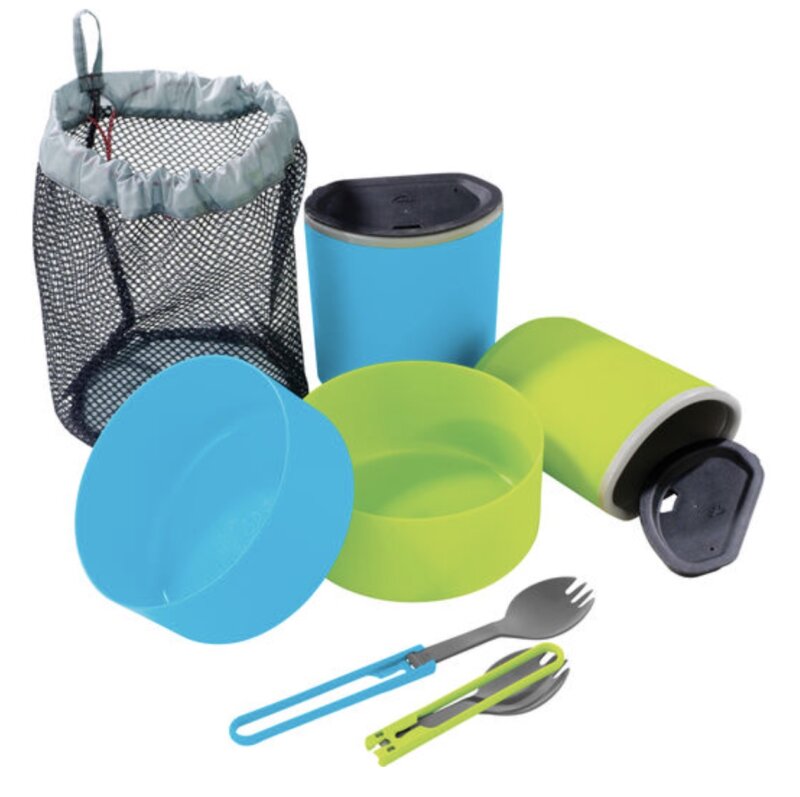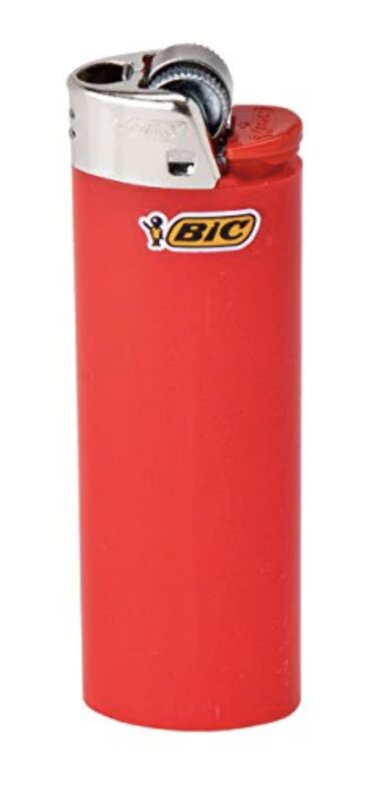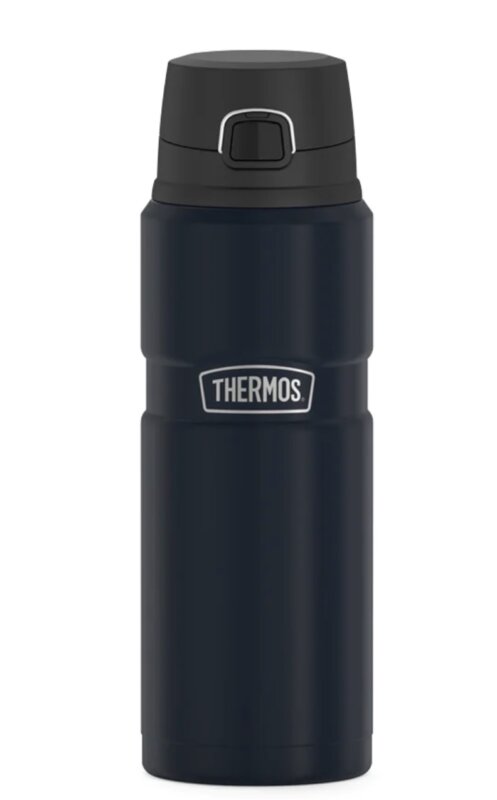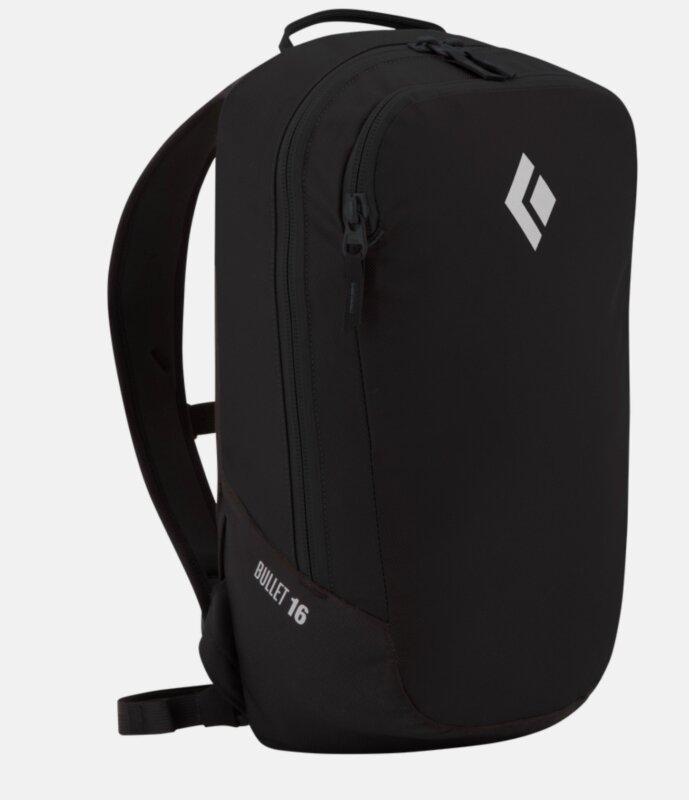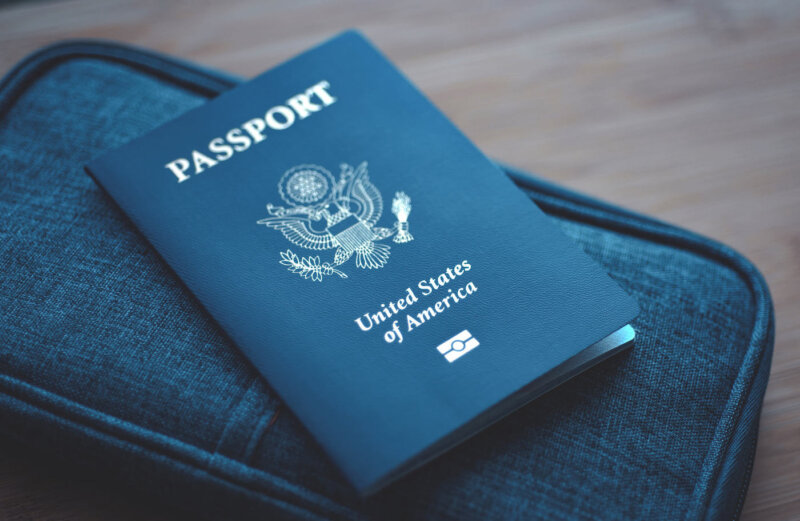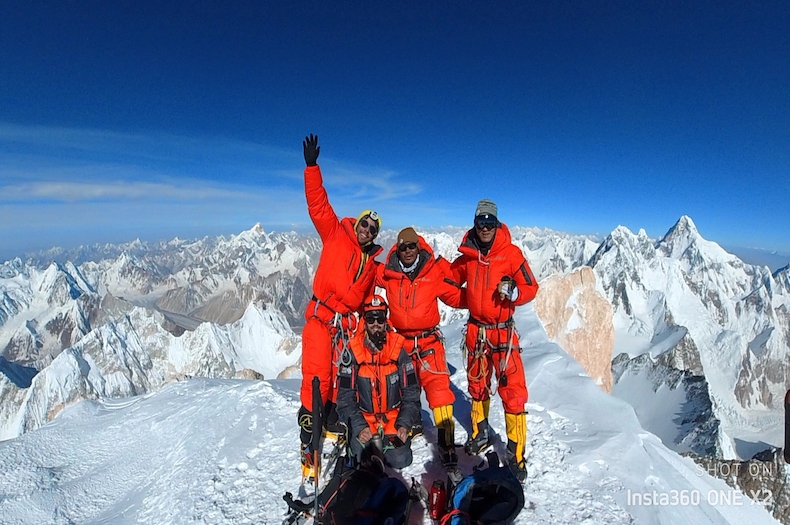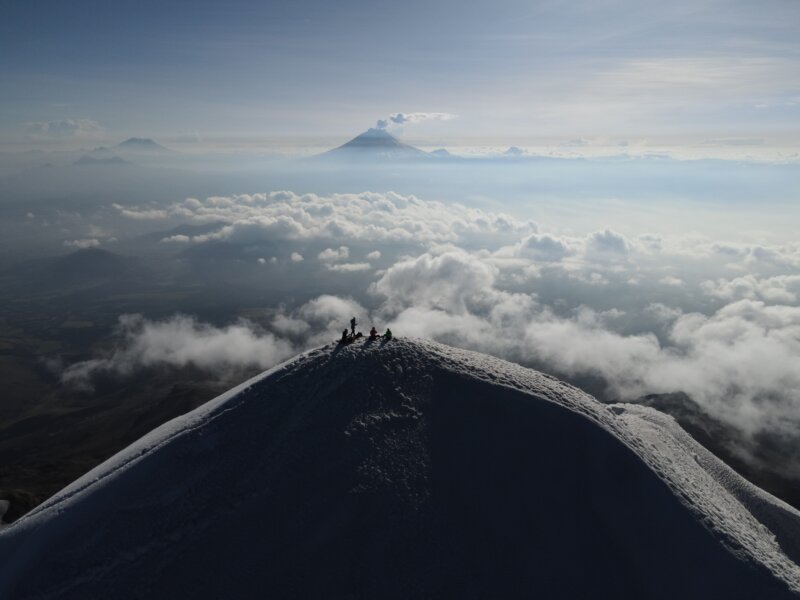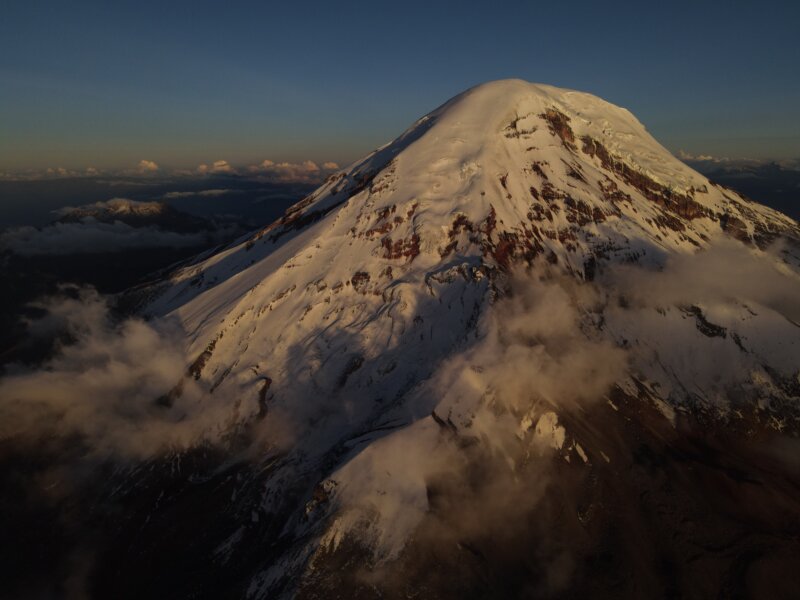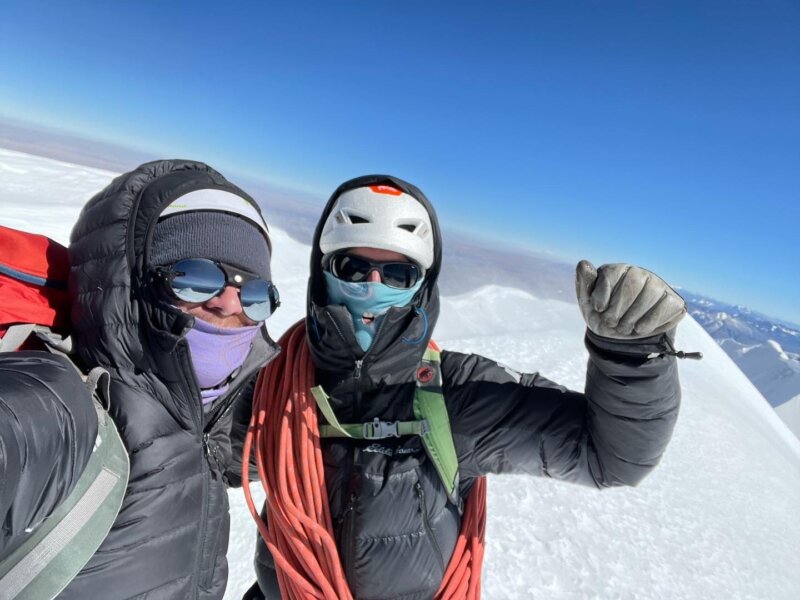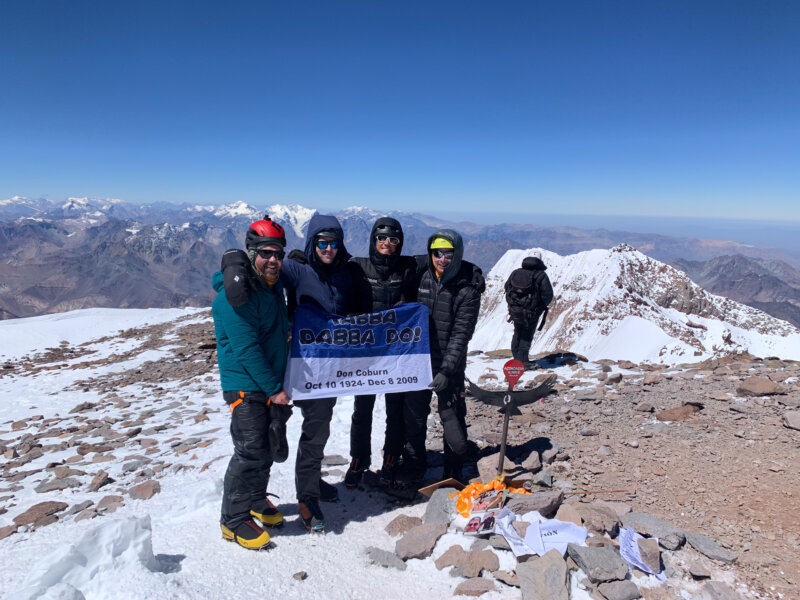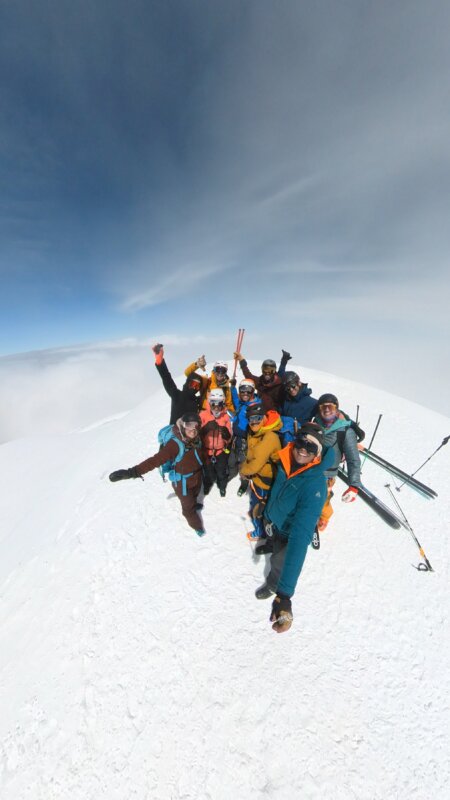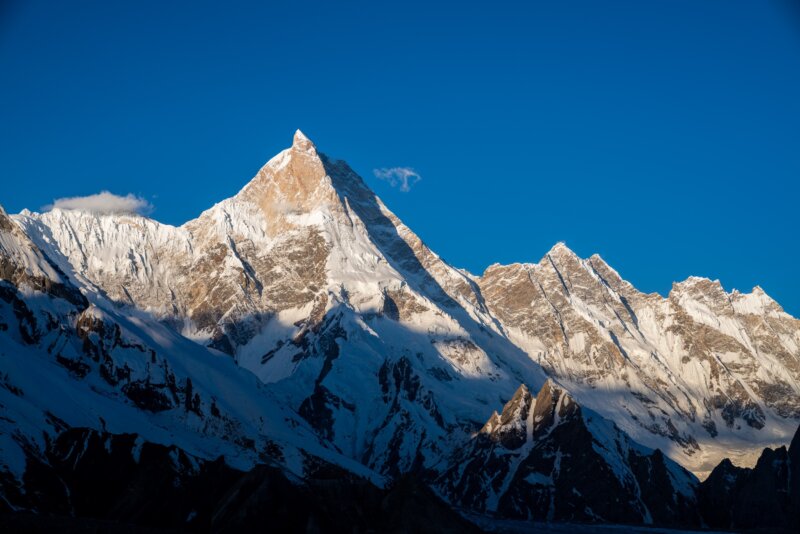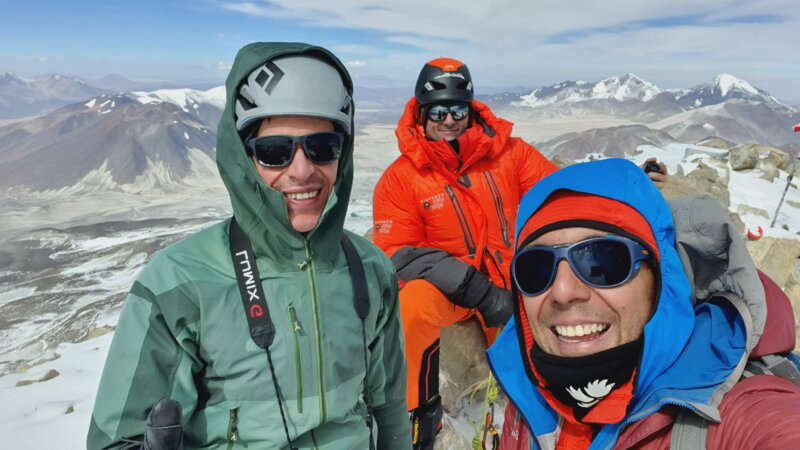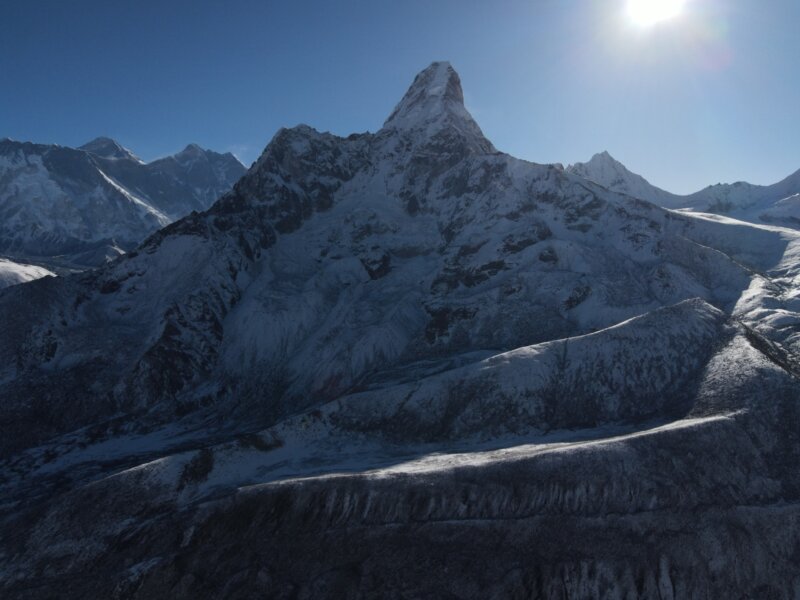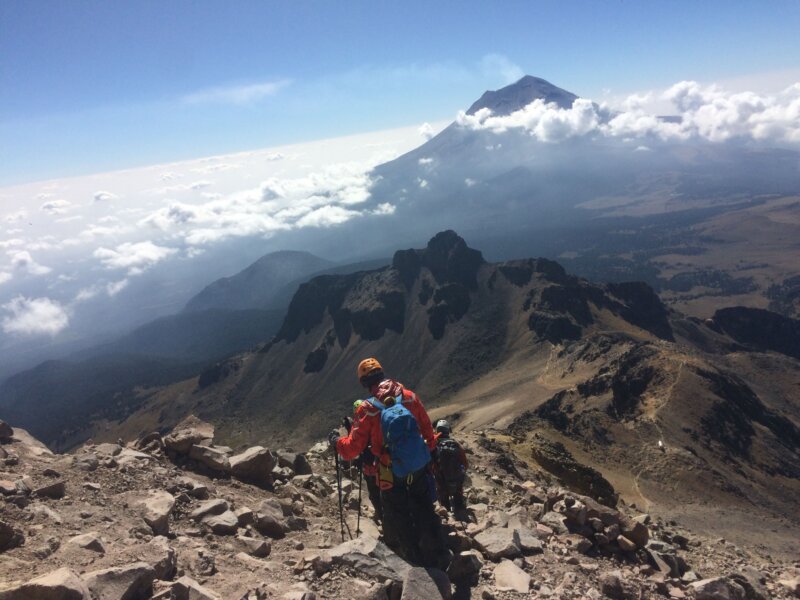Denali Expedition
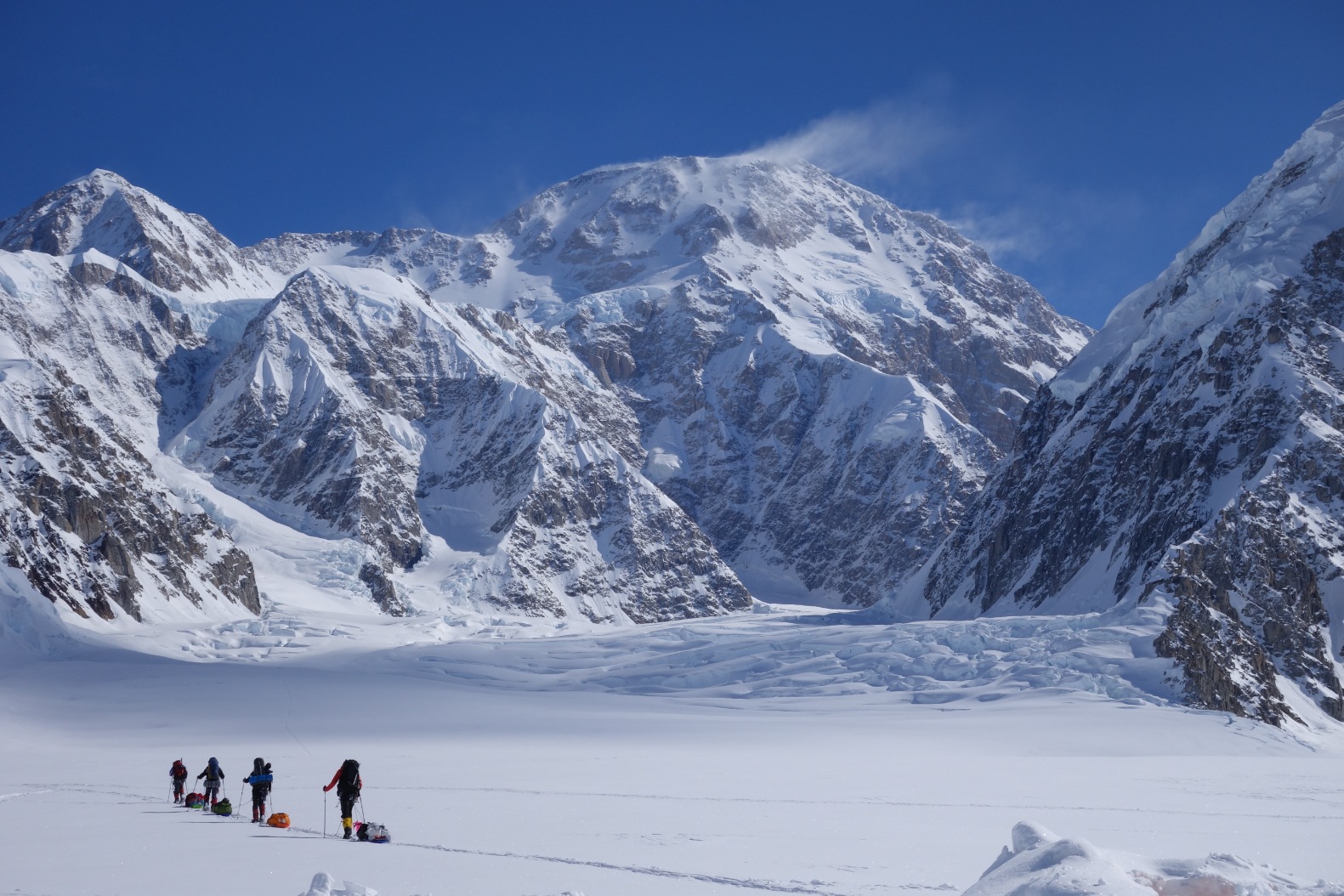
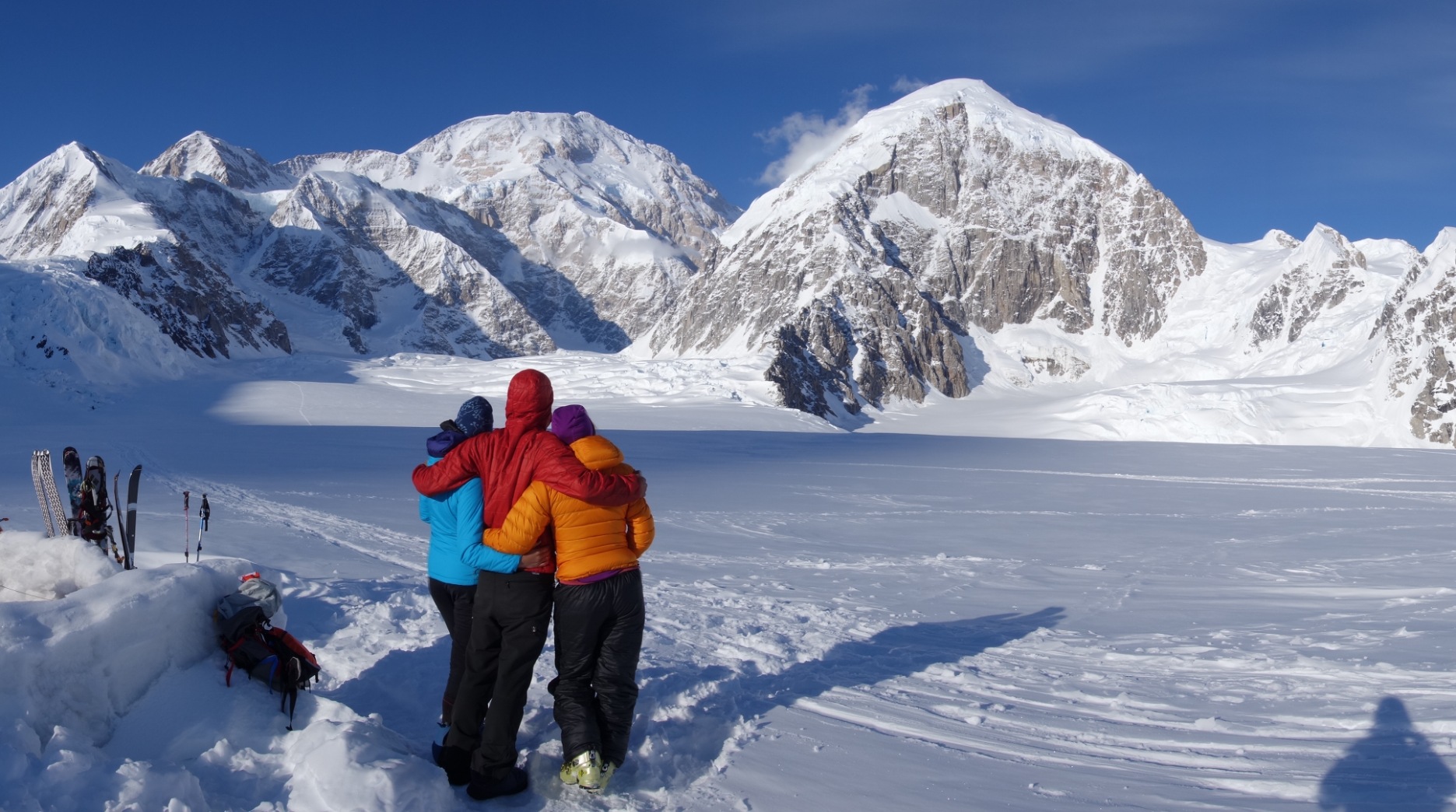
Denali Expedition
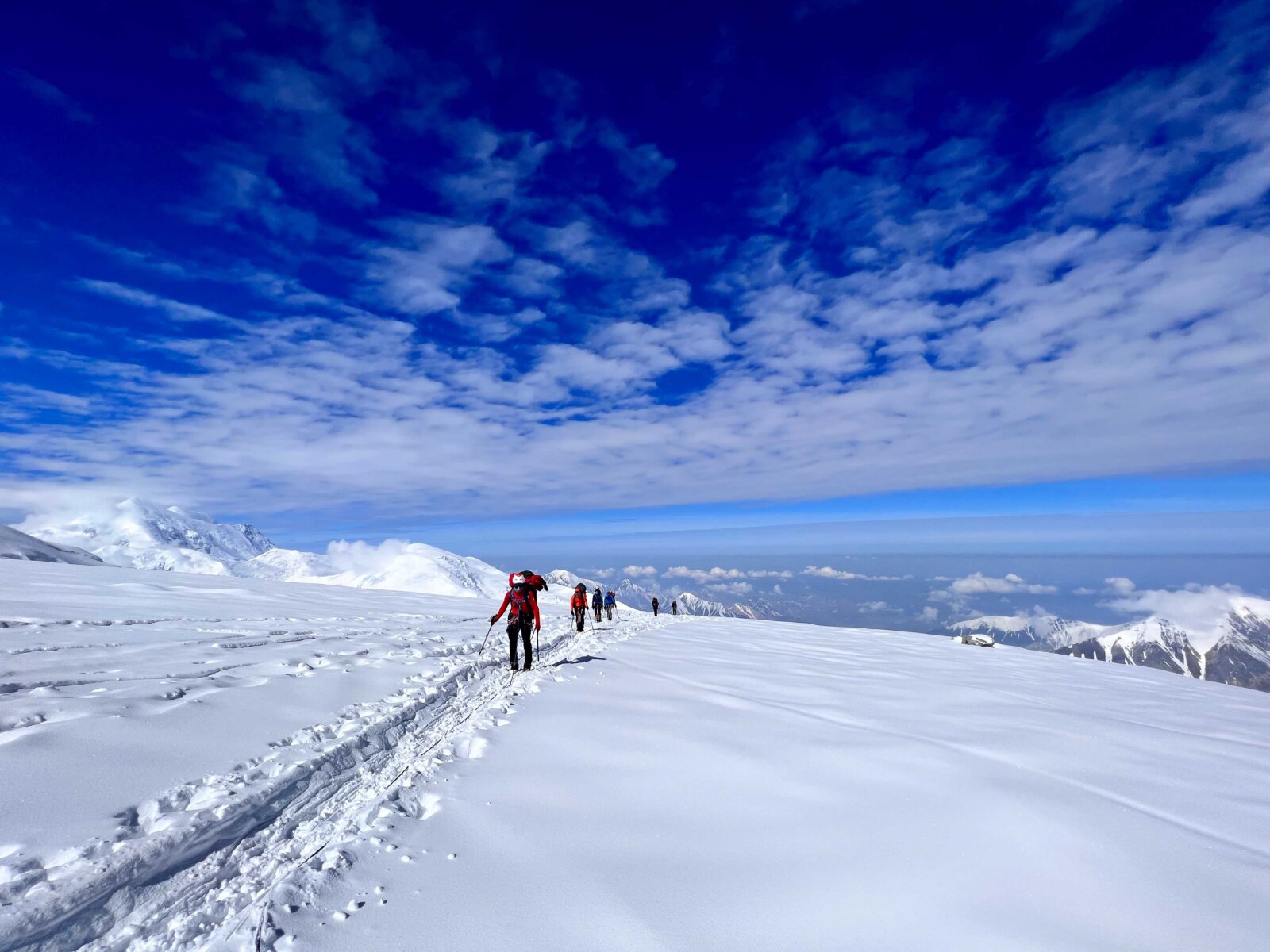
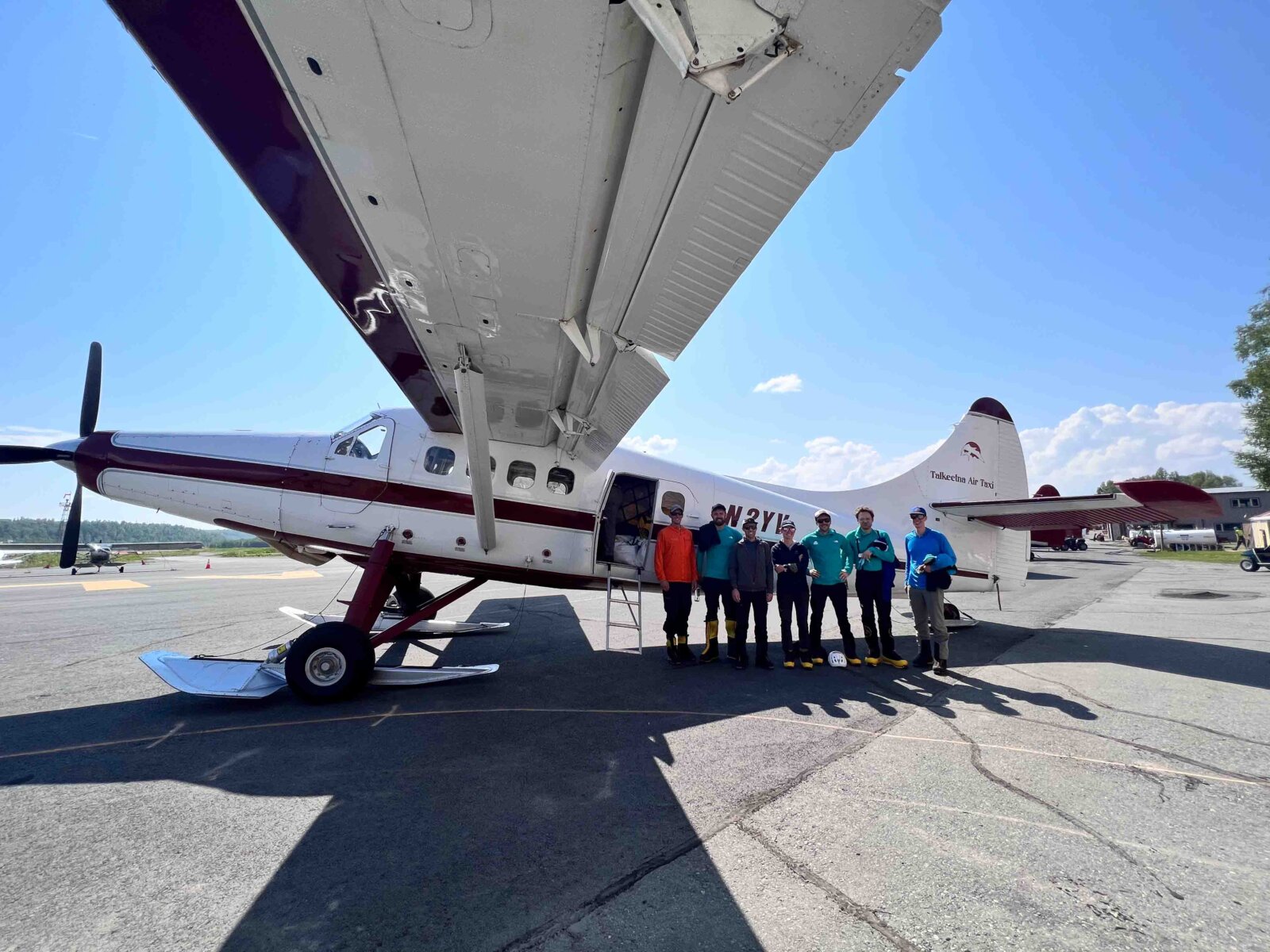
THE NORTH AMERICAN CLASSIC
Towering above the Alaskan Range at 20,310’/6,190m, Denali is often thought of as the most classic climb in North America. Its beauty and grandeur has been capturing the imagination of climbers since the early 1950’s, and its difficulty and prestige continues to draw alpinists from all over the world. As the tallest peak in North America and one of the coveted Seven Summits, making the summit of Denali takes skill, strength, and a resounding perseverance.
DENALI ROUTE DESCRIPTION
Making the summit of Denali is no small undertaking, with over 13,000’/3,962m of climbing from base camp to the summit. We’ll be climbing the West Buttress route, starting from the Southeast Fork of the Kahiltna Glacier. From the glacier, we’ll make our way to the foot of the mountain and Camp I. The next 10 days will see us work our way up the steep and rolling snow slopes as we make a series of gear shuttles, acclimatizing while we move higher up the mountain. Climbing Denali is a long and dedicated process that makes it one of the most difficult of the 7 Summits.
From Denali’s Camp I, we’ll climb the “Ski Hill” to Camp II, drop our gear in a cache, and return to C1. The following day will see us return to our gear cache and either stay the night at 9,800’/2,897m or continue on to Camp III (11k Camp). We’ll then make our way up the Motorcycle and Squirrel Hill to the Windy Corner where we’ll drop another cache and head back down to C3. Retracing our steps the next day, we’ll return to our cache and finish the journey to Camp IV at 14,200’/4,328m.
After an easy day of retrieving the rest of our gear from the Windy Corner cache the day before, we’ll start up the main headwall. Utilizing the fixed lines for the first time, we’ll ascend 900’/274m of 45-50 degree snow and ice to the ridge of the West Buttress. We’ll drop a cache a few hundred feet beyond the crest of the buttress, and return to C4. The next day we’ll ascend the fixed lines once more before we climb the exposed ridge the remaining 600’/183m to high camp (17k Camp). At 17,200’/5,243m, Camp 5 will be our last stop before pushing for the summit. We’ll take a rest day before the final push to the summit.
An alpine start will see us traverse across a steep face to Denali Pass, before continuing on rolling snow slopes to the Archdeacons Tower and a plateau known as the “football field”. We’ll cross the plateau at 19,400’/5,413m and ascend a moderate slope to the summit ridge. After making the ridge, we’ll climb the remaining 300’/91m to the summit of Denali and the highest point in North America. After a short celebration at 20,310’/6,190m, we’ll make our way back down to High Camp.
The next few days will see us descend the mountain before catching a flight from base camp to Talkeetna, marking the end of our successful Denali expedition.
QUALITY LOGISTICS AND CERTIFIED GUIDES
Alpenglow strives to provide the highest quality logistics on Denali, giving you the best climbing experience possible. For this expedition, we are working in partnership with Alpine Ascents International (AAI), an authorized concession of Denali National Park. AAI is a trusted partner, and we’re excited to offer this climb through them.
This Expedition will be led by an AMGA/IFMGA certified guide with extensive experience on Denali. AMGA/IFMGA (American Mountain Guides Association/International Federation of Mountain Guides Association) certification is the highest possible training available to guides, and only the most experienced and dedicated attain it. Working in a 3:1 client ratio allows our team to move safely and efficiently up the mountain. From the plane ride into base camp to our high quality food, we’ll take care of everything for you so that you can focus on achieving the summit.
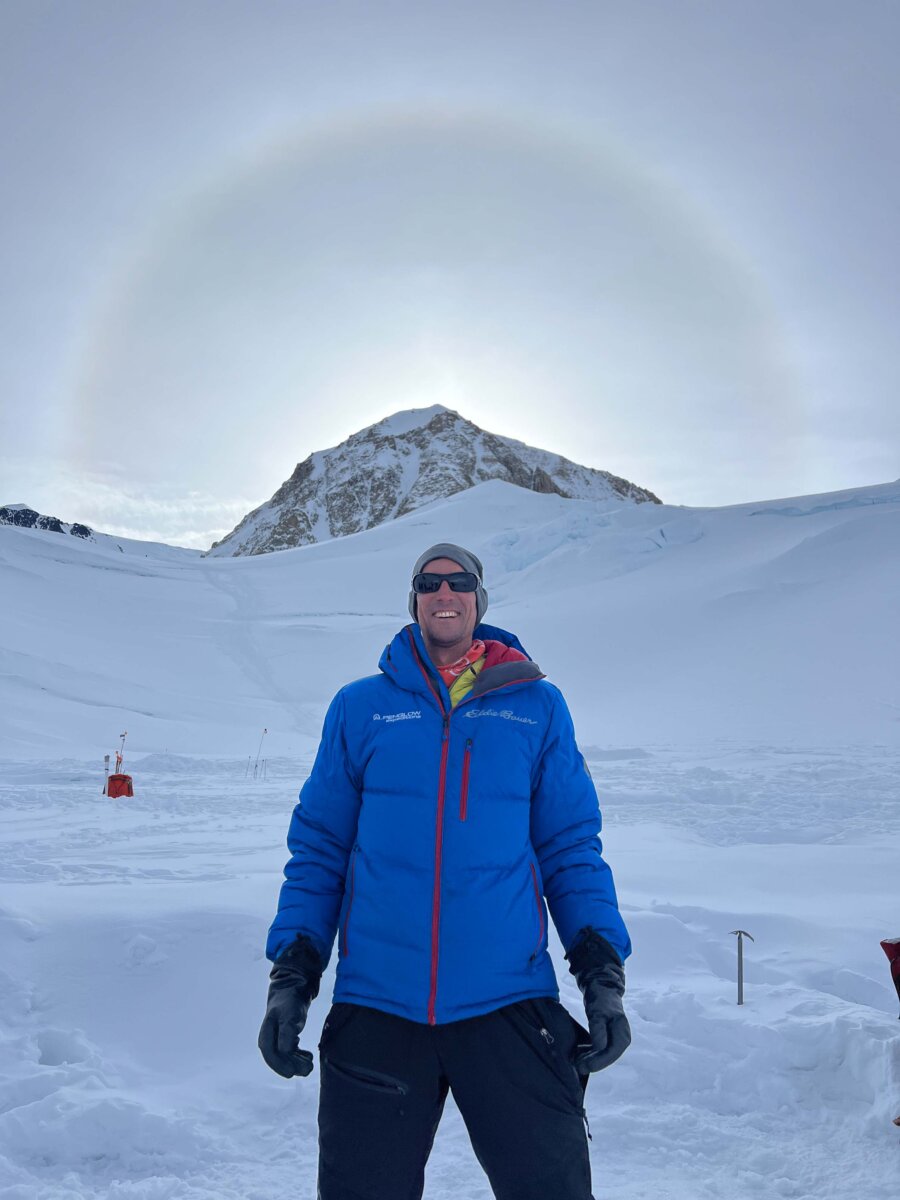
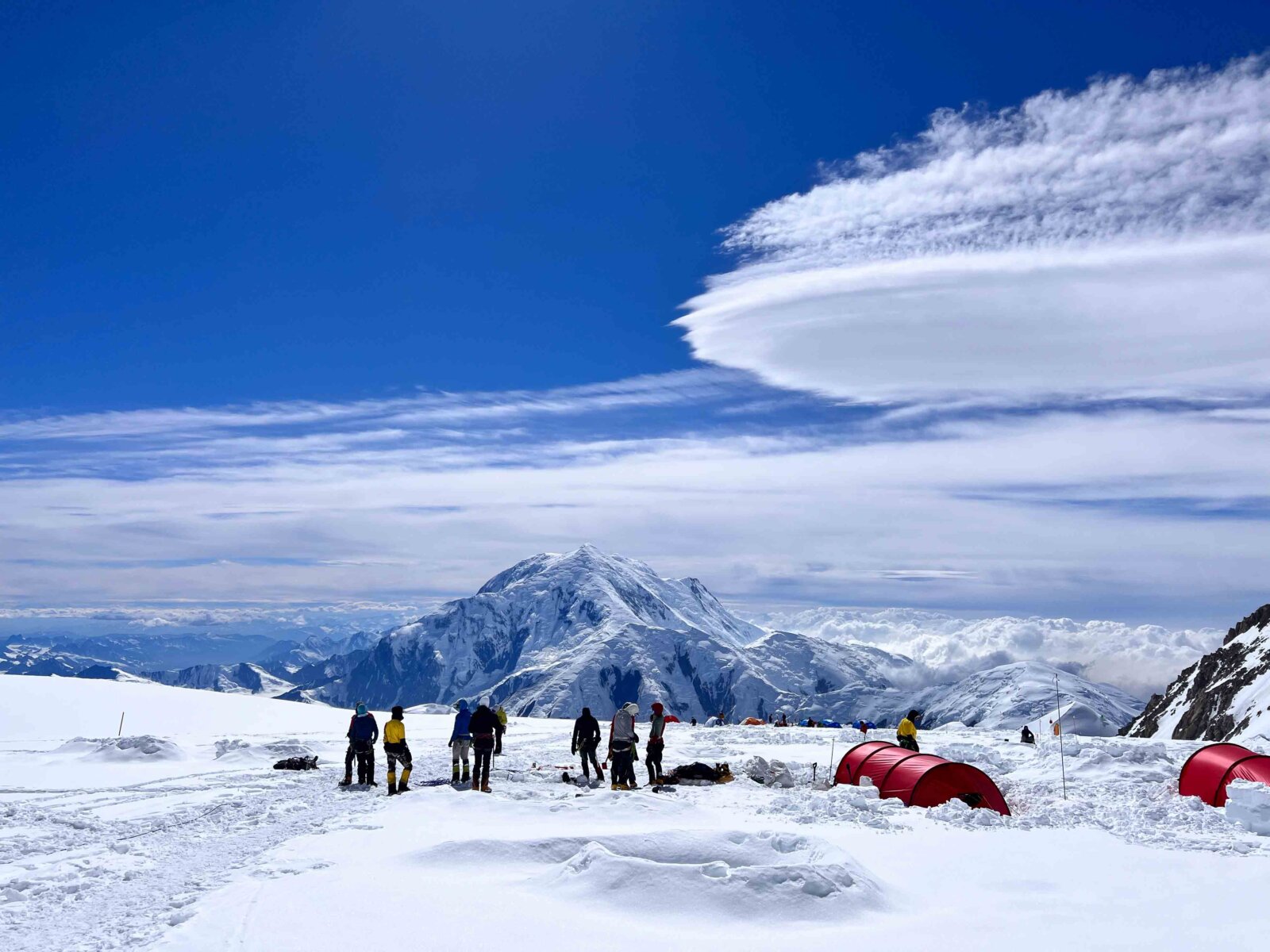
- Day 0
- Arrive to Talkeetna
Today you’ll arrive into Anchorage by 4:30pm. Upon arrival you’ll need to arrange your own transport and book lodging at the Talkeetna Denali View Lodge just outside of Talkeetna. You’ll rest and prepare to start the expedition in the morning.
Activity: Arrive in Anchorage
Sleeping Elevation: 348’/106m
Lodging: Talkeetna Denali View Lodge
Meals: None - Day 1
- Fly to Base Camp
Starting first thing in the morning, we’ll catch a ride to the Alpine Ascents Office at 8am. After introductions, orientation, and a final gear review, we’ll board a ski plane and fly into Base Camp (7,300’/2,225m) on the SE fork of the Kahiltna Glacier. The flight into the Alaska Range is incredible, as we fly over peaks like Mt. Hunter, Mt. Foraker, and the Moose’s Tooth. As we make our way closer to basecamp, the magnitude of the adventure that we are about to embark on will begin to set in and stoke will be high. After arriving, we’ll finish setting up Base Camp and will settle into our new surroundings for the next two weeks.
Activity: Fly to Base Camp
Sleeping Elevation: 7,300’/2,225m
Lodging: Base Camp
Meals: Lunch & Dinner - Day 2
- Glacier Travel Review
Today, the climbing begins. We’ll start by shuttling our gear to our intermediary camp at the halfway point to the traditional Camp I. This easy day will give us an opportunity to dial in our gear and sled-pulling system; an important step as we’ll be pulling heavy sleds for the next eight days.
Activity: Shuttle Gear to Cache
Distance Covered: 3 miles
Moving Hours: 2-4 hours
Elevation Gain/Loss: +500’,-500’/152m
Sleeping Elevation: 7,600’/2,316m
Lodging: Intermediary Camp
Meals: Breakfast, Lunch, & Dinner - Day 3
- Climb to C1
This morning we’ll make our way to Camp I at 7,800’/2,377m carrying our gear with us as we make our way up the glacier to the base of “Ski Hill”. Depending on the snow conditions it may be necessary to use snowshoes between the camps on the lower mountain.
Activity: Climb to C1
Distance Covered: 1.5 iles
Moving Hours: 2-3 hours
Elevation Gain/Loss: +300’/91m
Sleeping Elevation: 7,800’/2,377m
Lodging: C1
Meals: Breakfast, Lunch, & Dinner - Day 4
- Shuttle Gear to C2
The day will see us face our first real vertical gain, as we carry a load of gear up the “Ski Hill” to cache at Camp II between 9,800’ and 10,000’/3,048m. After dropping off our gear at C2, we’ll return to C1.
Activity: Shuttle Gear to C2
Distance Covered: 6 miles
Moving Hours: 6-7 hours
Elevation Gain/Loss: +2,000’,-2,000’/610m
Sleeping Elevation: 7,800’/2,377m
Lodging: C1
Meals: Breakfast, Lunch & Dinner - Day 5
- Climb to C2 or C3
The destination of today’s climb will be determined by mountain conditions and how our team is feeling. We’ll either ascend back up to C2 and our cache of gear to camp for the night, or push on to Camp III (11k Camp), which is located in the small cirque at the base of Motorcycle Hill.
Activity: Climb to C2 or C3
Sleeping Elevation: 9,200’/11,200’;2,804m/3,414m
Distance Covered: 2-4 miles
Moving Hours: 4-6 hours
Elevation Gain/Loss: +1,400’/427m, -3,400’/1,036m
Lodging: C2 or C3
Meals: Breakfast, Lunch & Dinner - Day 6
- Acclimatize / Climb to C3
Depending on our push the day before, we’ll either spend the day acclimatizing or finish working our way to C3.
Activity: Climb to C3 (11k Camp)
Distance Covered: 2 miles
Moving Hours: 3-4 hours
Elevation Gain/Loss: +2,000’/610m
Sleeping Elevation: 11,200’/3,413m
Lodging: C3
Meals: Breakfast, Lunch & Dinner - Day 7
- Shuttle Gear to Windy Corner Cache
Today we’ll carry half of our gear up Motorcycle and Squirrel Hill before making the long traverse across the plateau to the Windy Corner. As we climb, we’ll be rewarded with incredible views of the Kahiltna Glacier far below and peaks that surround Denali. After turning this narrow corner, we’ll continue on for a few hundred yards to store our cache at 13,500’/4,115m and then make our way back to C3.
Activity: Shuttle Gear to Cache
Distance Covered: 3 Miles
Moving Hours: 6-7 hours
Elevation Gain/Loss: +/- 2,500’/762m
Sleeping Elevation: 11,200’/3,413m
Lodging: C3
Meals: Breakfast, Lunch & Dinner - Day 8
- Climb to C4
Retracing our steps from the day before, we’ll make our way back up to the Windy Corner and push past our cache up to 14,200’/4,328m and Camp IV (14k Camp) in the Genet Basin.
Activity: Climb to C4 (14k Camp)
Distance Covered: 2.5 miles
Moving Hours: 4-6 hours
Elevation Gain/Loss: +3,000’/914m
Sleeping Elevation: 14,200’/4,328m
Lodging: C4
Meals: Breakfast, Lunch & Dinner - Day 9
- Grab Gear
Today will be an easy day, as we descend 700’ to our cache at 13,500’ and carry the remaining gear back to C4.
Activity: Retrieve Cache
Distance Covered: 0.6 miles
Moving Hours: 2-3 hours
Elevation Gain/Loss: +/-675’/206m
Sleeping Elevation: 14,200/4,328m
Lodging: C4
Meals: Breakfast, Lunch & Dinner - Day 10
- Climb to Cache Above Headwall
After our easy day yesterday, we’ll climb a moderate snow slope for 1,100’ until we reach the start of the fixed lines that will take us up the steep Headwall to the ridge of the West Buttress. From here, we’ll continue up the ridge for a short while until we reach 16,500’ where we will drop our cache. The ridge of the West Buttress greets us with dramatic views in all directions, as the mountain falls off either side of us for thousands of feet below. After dropping our cache, we’ll make our way back down to C4.
Activity: Shuttle Gear to Cache
Distance Covered: 2 mile
Moving Hours: 5-6 hours
Elevation Gain/Loss: +/-2,200’/671m
Sleeping Elevation: 14,200’/4,328m
Lodging: C4
Meals: Breakfast, Lunch & Dinner - Day 11
- Rest Day in C4
Rest Day in C4.
Activity: Rest Day
Sleeping Elevation: 14,200’/4,328m
Lodging: C4
Meals: Breakfast, Lunch & Dinner - Day 12
- Climb to High Camp
Ascending the fixed lines once more, we’ll continue along the exposed ridge, passing Washburn’s Tower on our way up to Camp 5 (17k Camp). Resting on a saddle just above the Rescue Gully, Camp 5 is the highest camp on the mountain and will serve our the starting point for our summit bid.
Activity: Climb to C5 (17k Camp)
Distance Covered: 1.5 miles
Moving Hours: 5-6 hours
Elevation Gain/Loss: +3,000’/914m
Sleeping Elevation: 17,200’/5,243m
Lodging: C5 (High Camp)
Meals: Breakfast, Lunch & Dinner - Day 13
- Rest Day
Today we’ll rest and prepare for our summit attempt on Denali.
Activity: Rest Day
Sleeping Elevation: 17,200’/5,243m
Lodging: C5
Meals: Breakfast, Lunch & Dinner - Day 14
- Summit Day
The time has come for us to make our summit attempt. An early alpine start will see us traverse across a steep snow face to Denali Pass. Once here, a gradual slope will take us to the Archdeacons Tower and a large plateau known as the “football field” at 19,400’/5,913m. After crossing the plateau, we’ll continue climbing on moderate terrain until we make the crest of the summit ridge. Looking down at the sprawling 8,000’ South Face beneath us, we’ll have a magnificent view of Cassin Ridge and the South Buttress. After reaching the summit ridge, we’ll climb the remaining 300’ to the summit of the tallest peak in North America. At 20,310’/6,190m, the summit of Denali gives us the grand finale as we’re greeted with a 360 degree view of the Alaska Range. Mt. Huntington and Mt. Hunter loom to the south as Mt. Foraker rises to the west. After a short celebration atop the summit of North America, we’ll make our descent back to C5.
Activity: Summit Day
Distance Covered: 5 miles
Moving Hours: 12-14 hours
Elevation Gain/Loss: +/-3,110’/948m
Sleeping Elevation: 17,200’/5,243m
Lodging: C5
Meals: Breakfast, Lunch & Dinner - Days 15-16
- Descend
We spend the next two days descending the mountain and making our way back to Base Camp where we will board our fight back to Talkeetna.
Activity: Descend to C3
Distance Covered: 4 miles
Moving Hours: 5-6 hours
Elevation Gain/Loss: -6,000’/1,829m
Sleeping Elevation: 11,200’/3,414m
Lodging: C3
Meals: Breakfast, Lunch & Dinner - Days 17-20
- Extra Days
We’ll use these days as needed for inclement weather, rest, and acclimatization.
